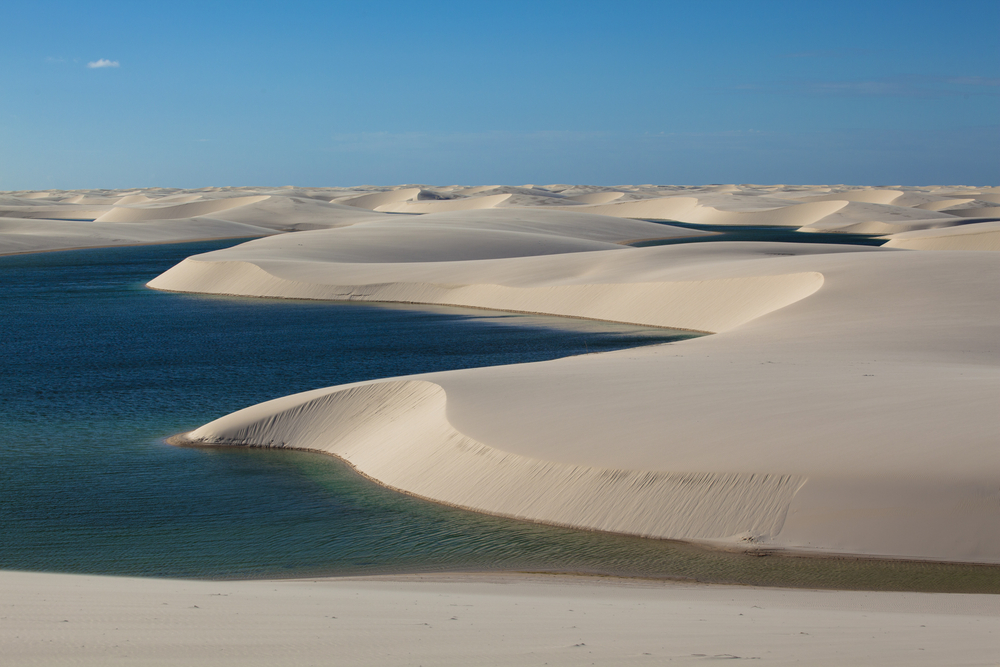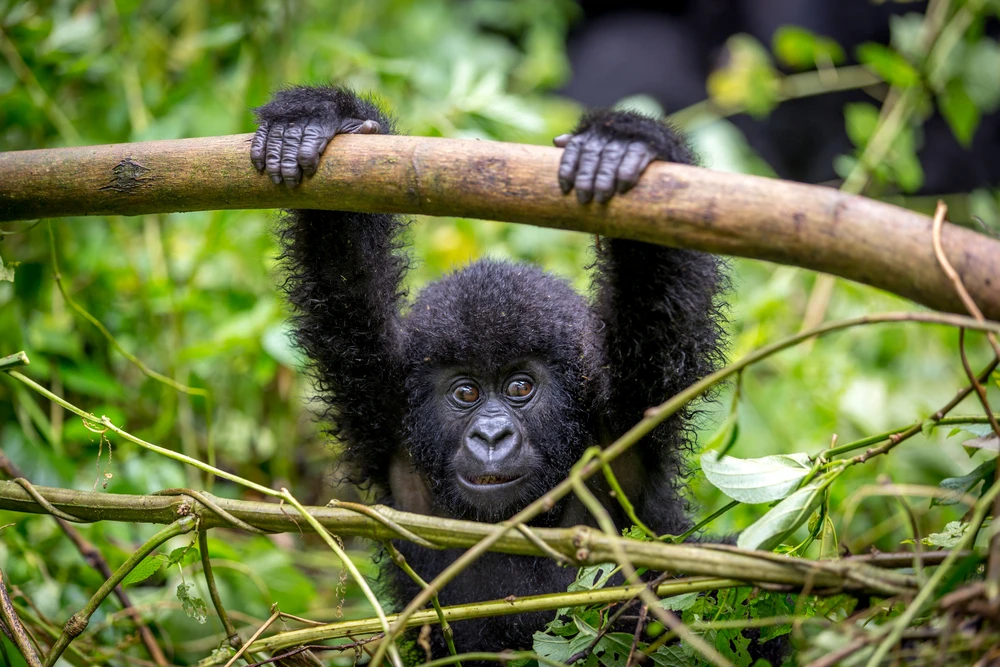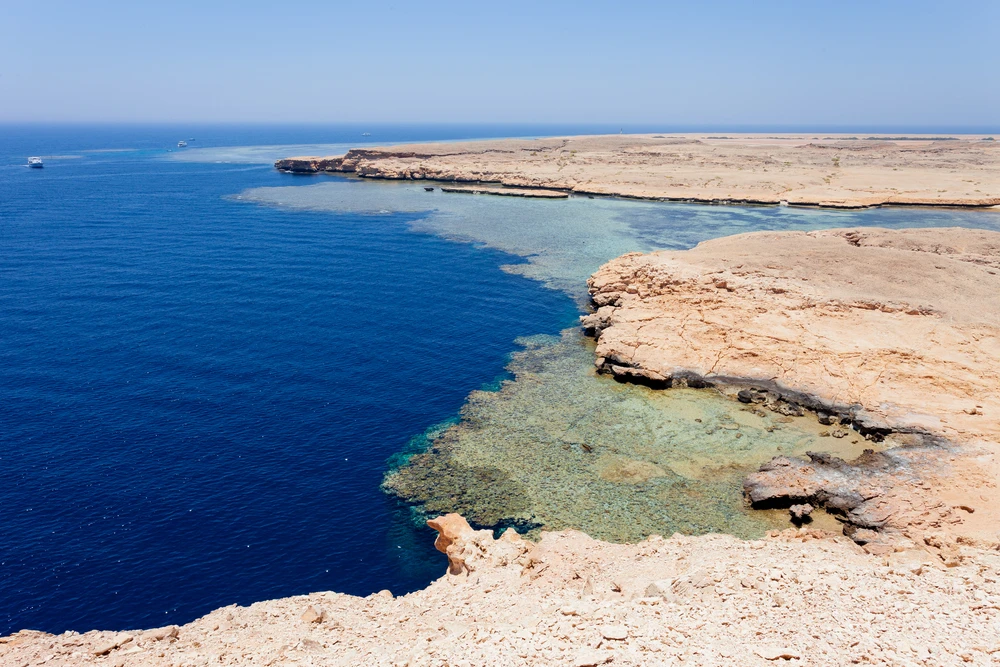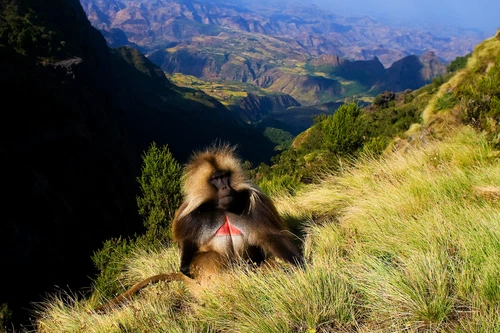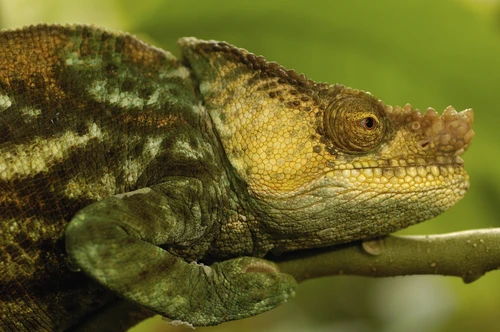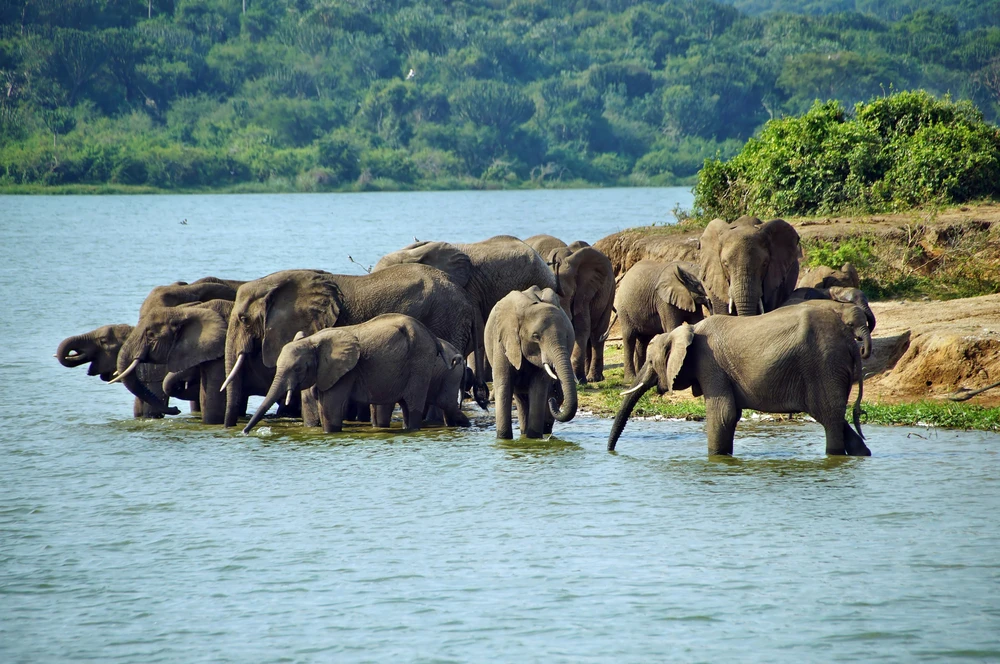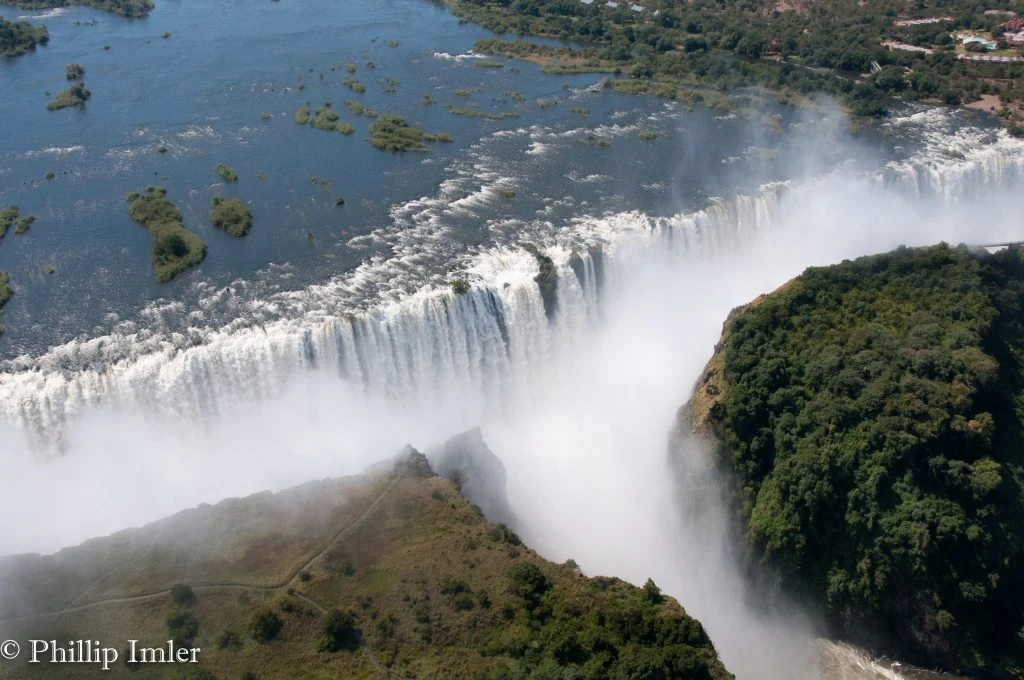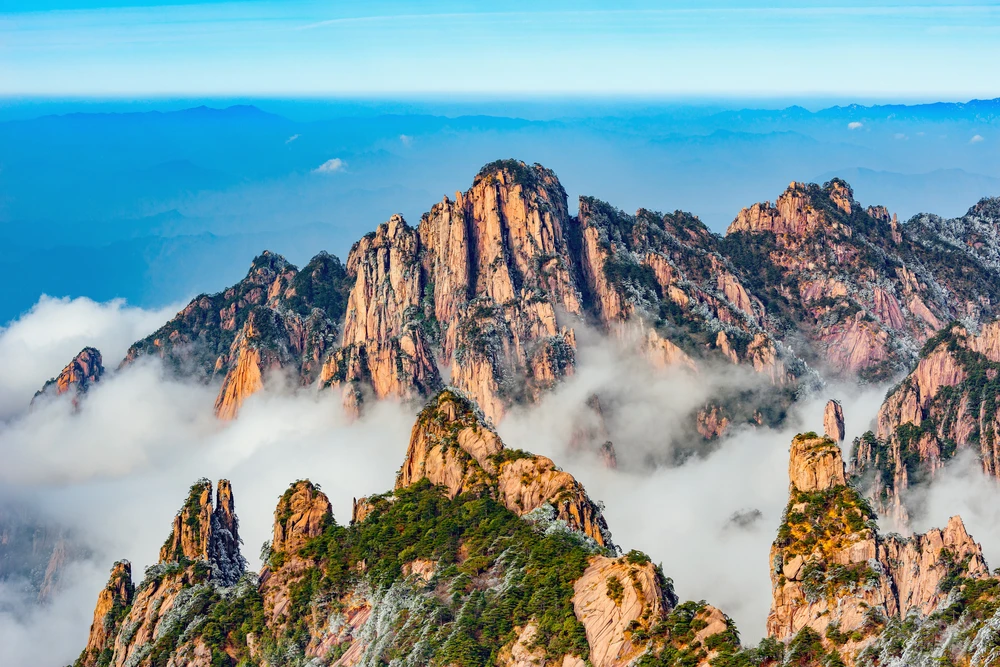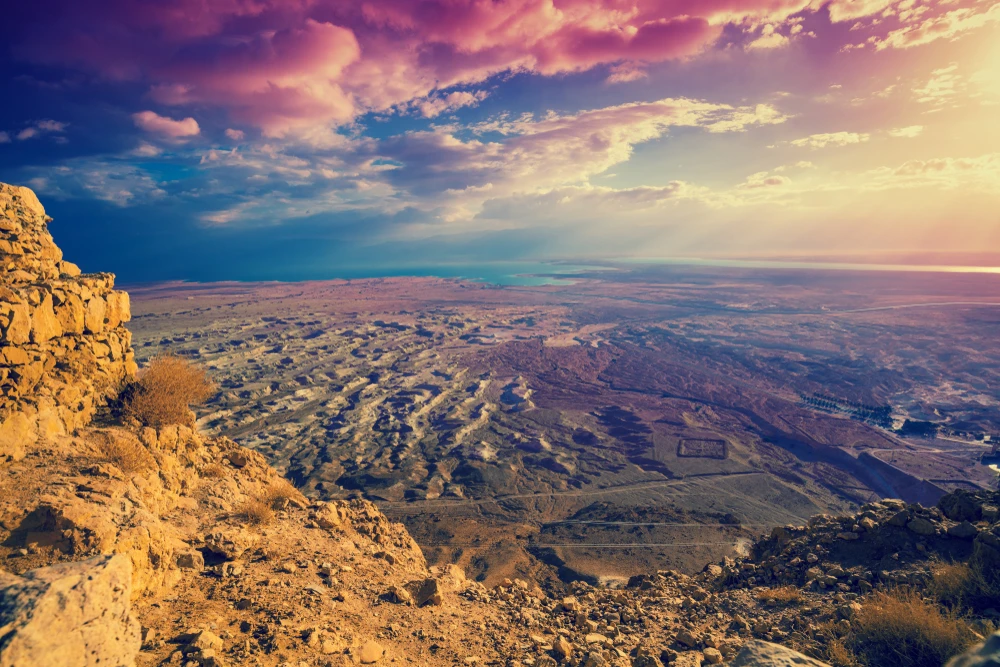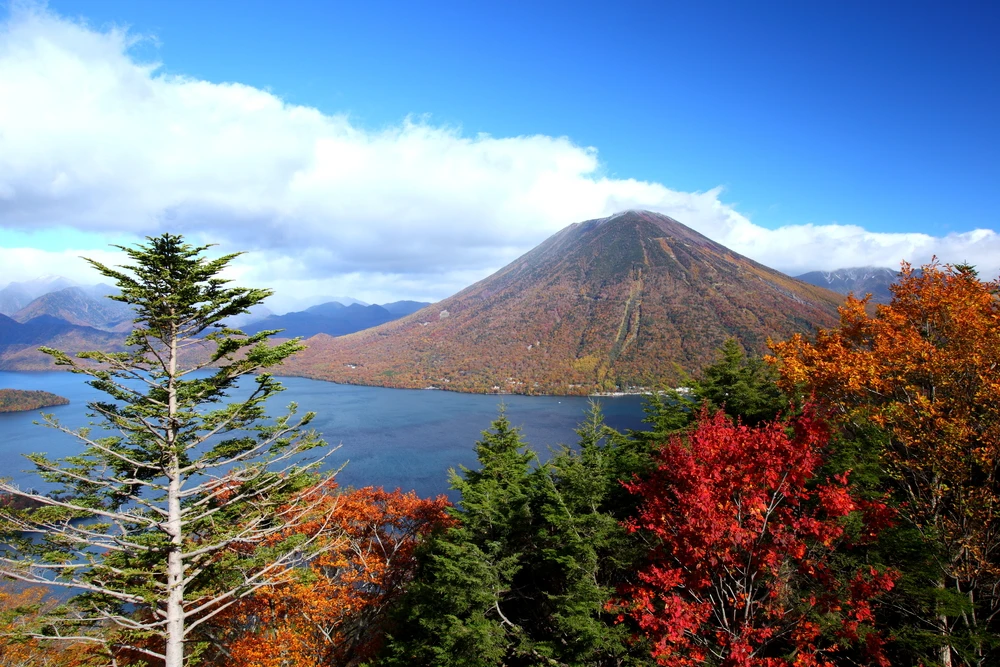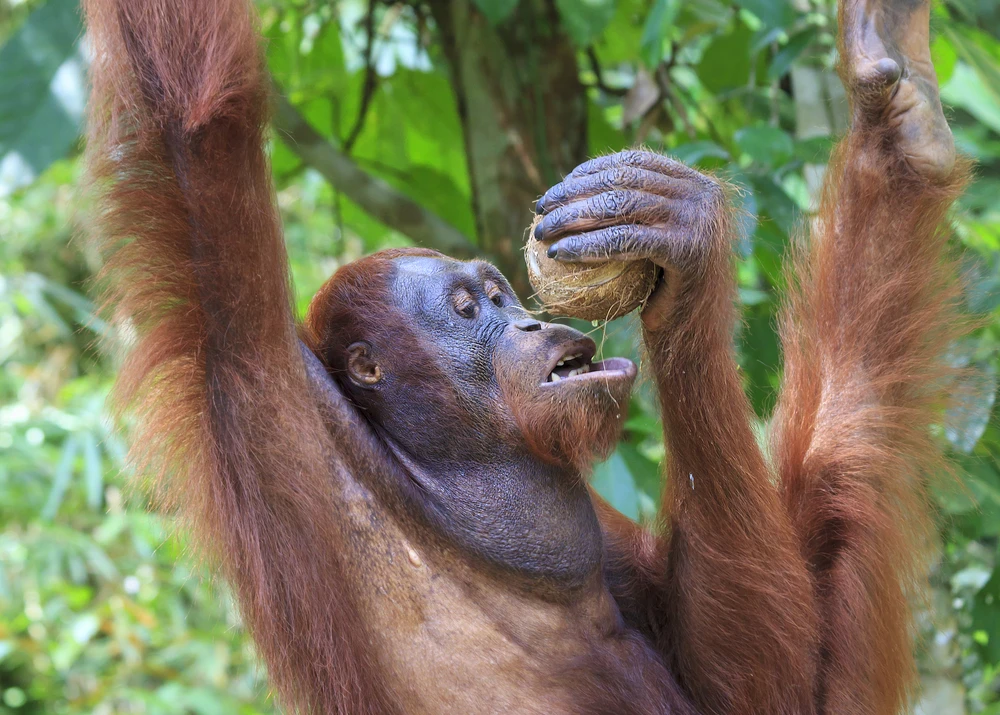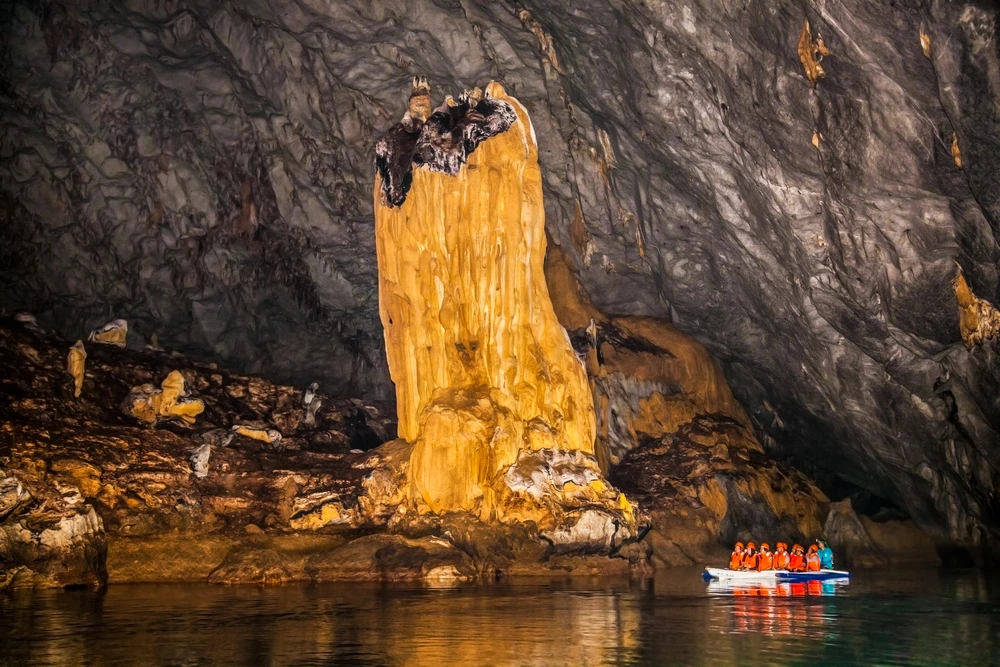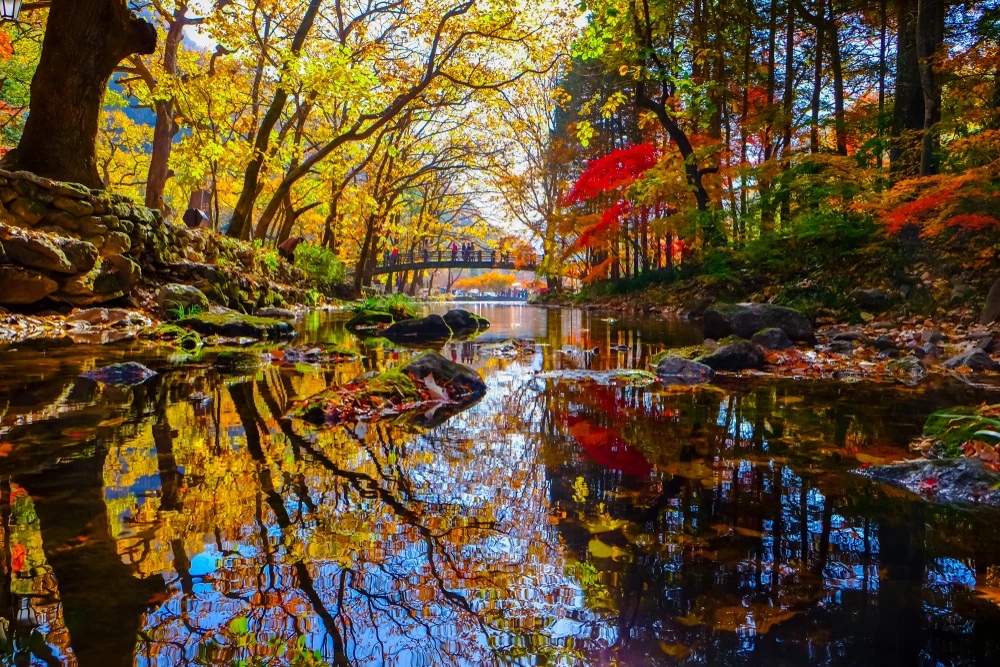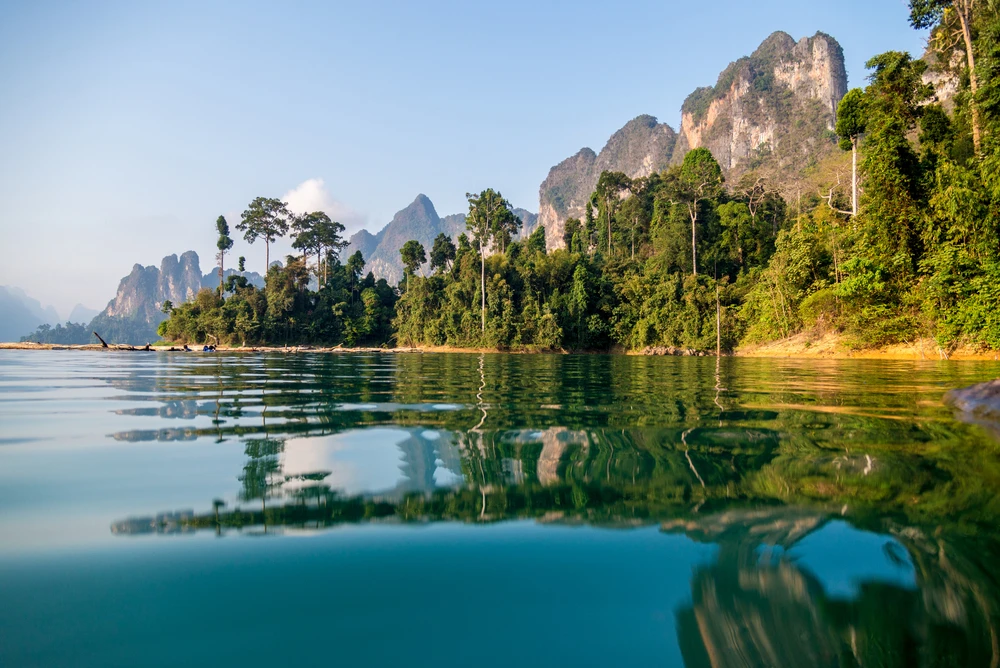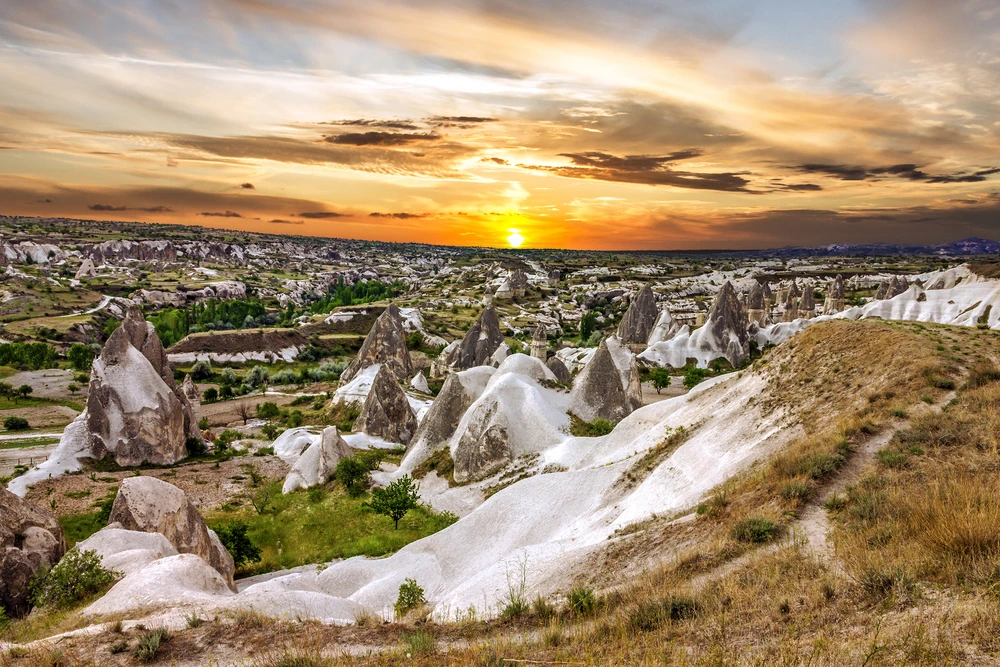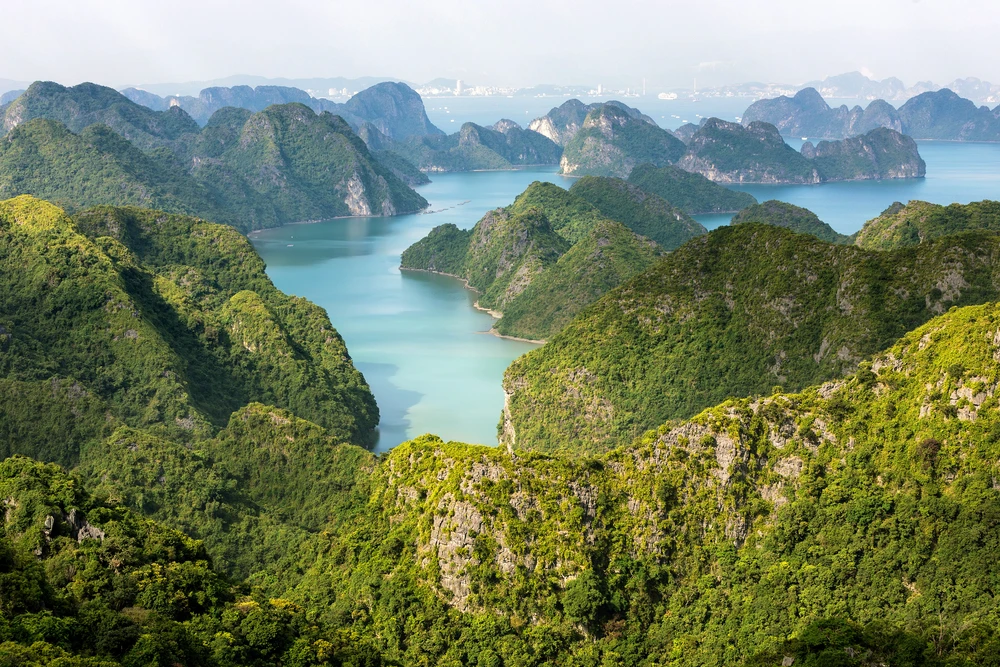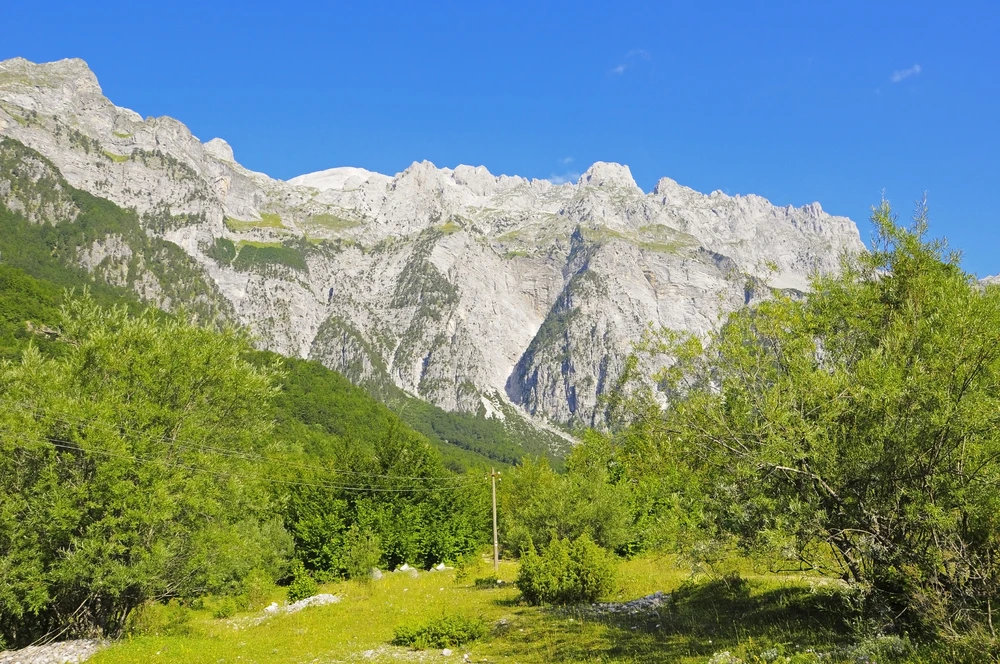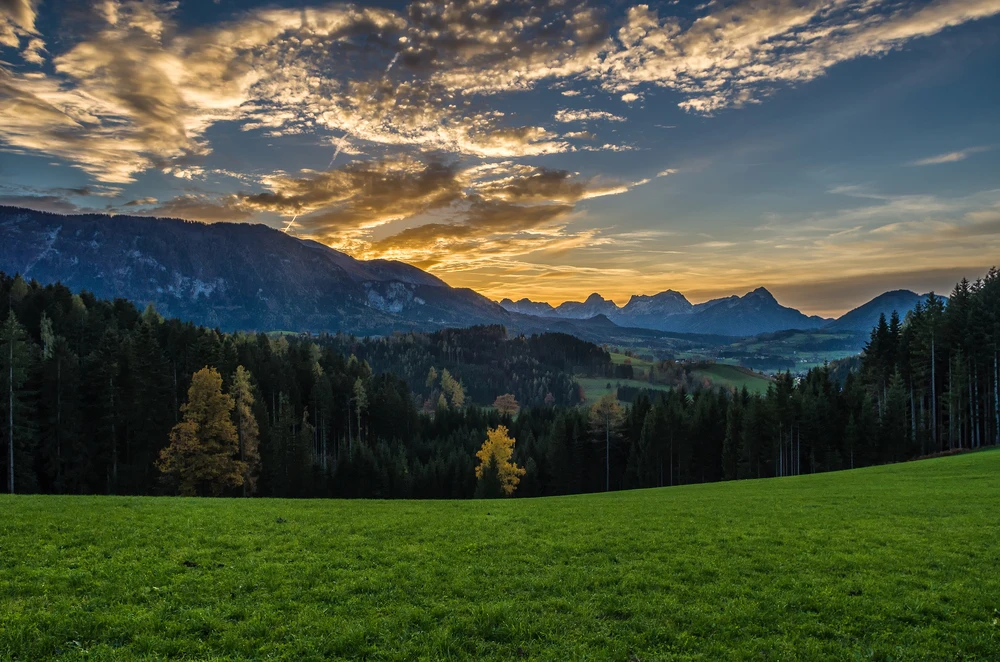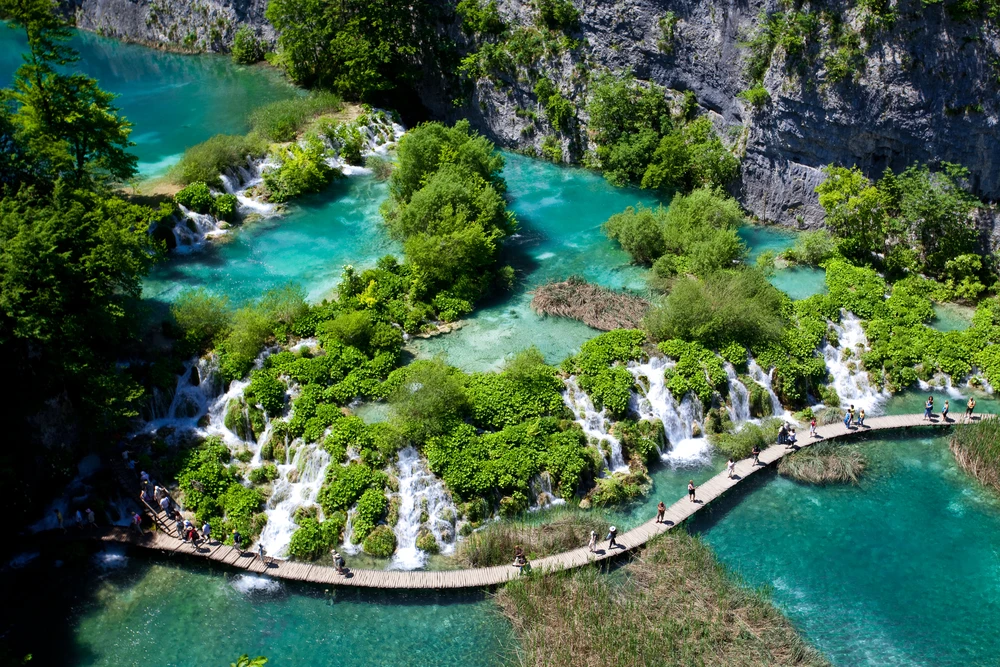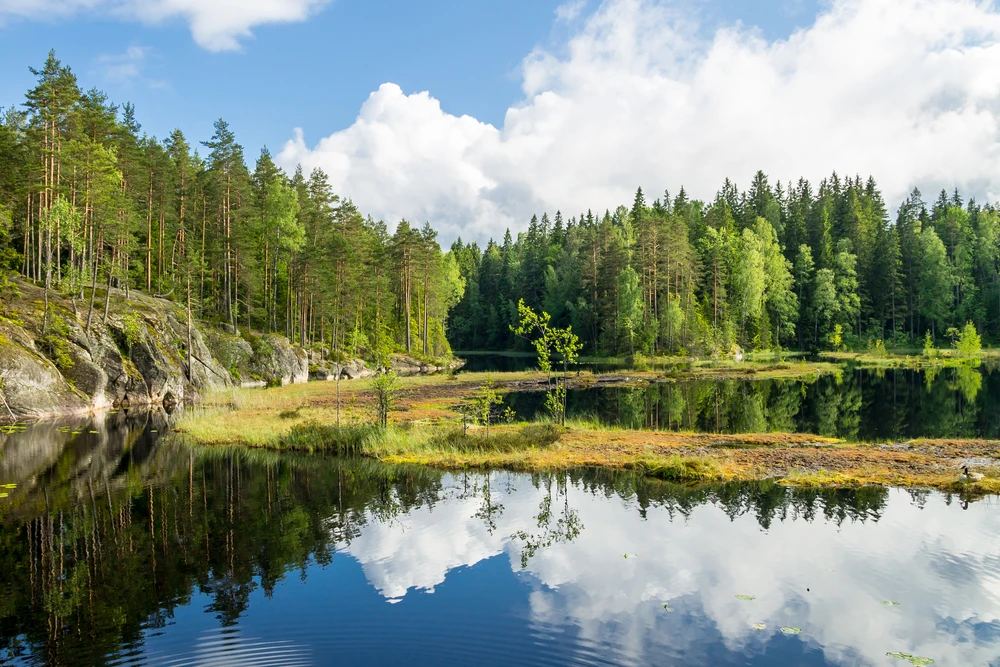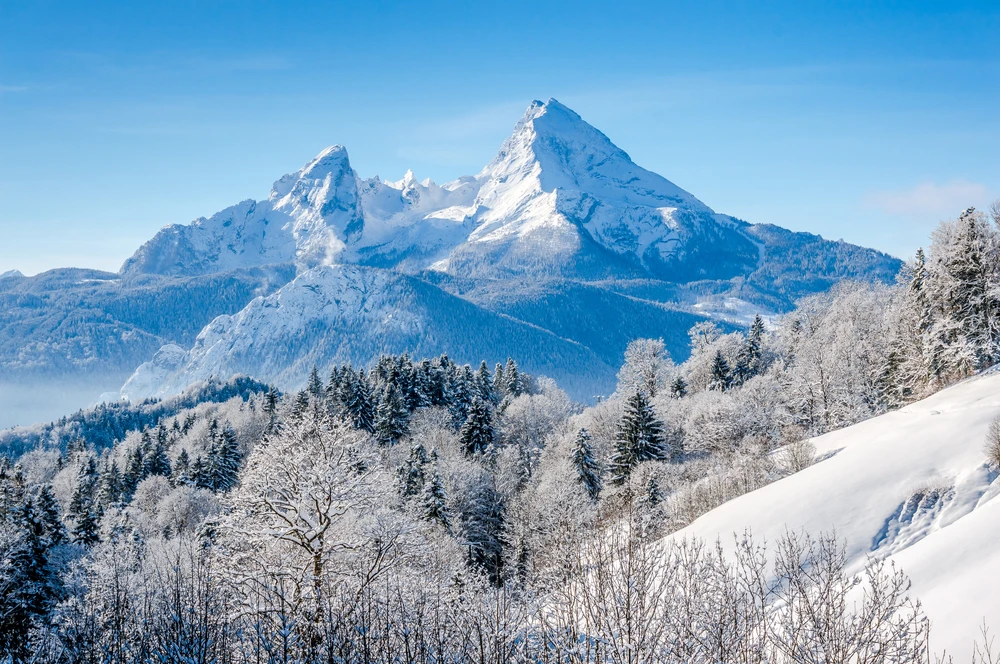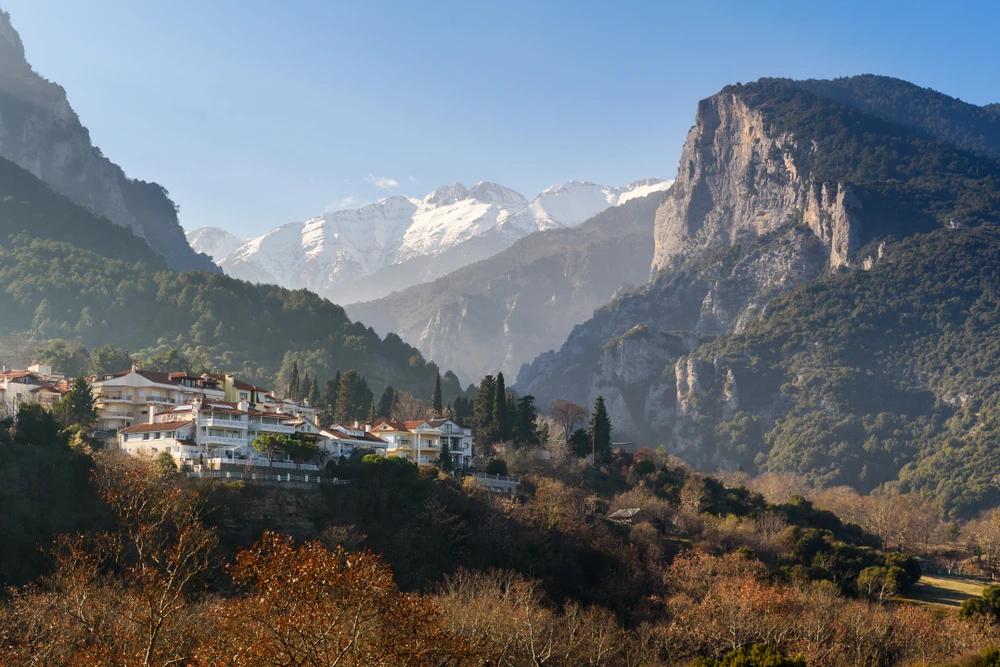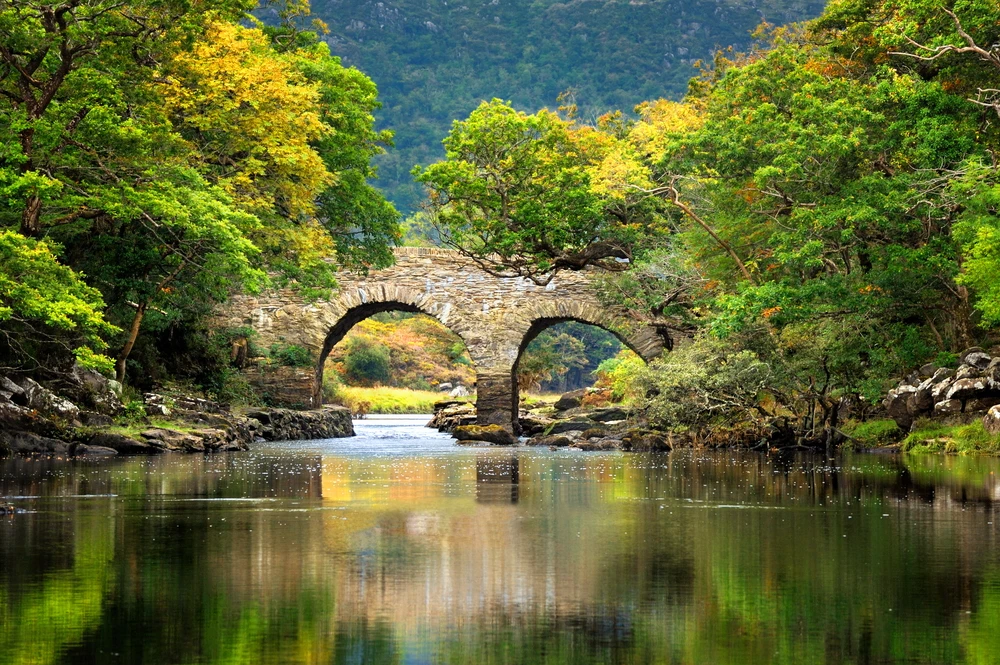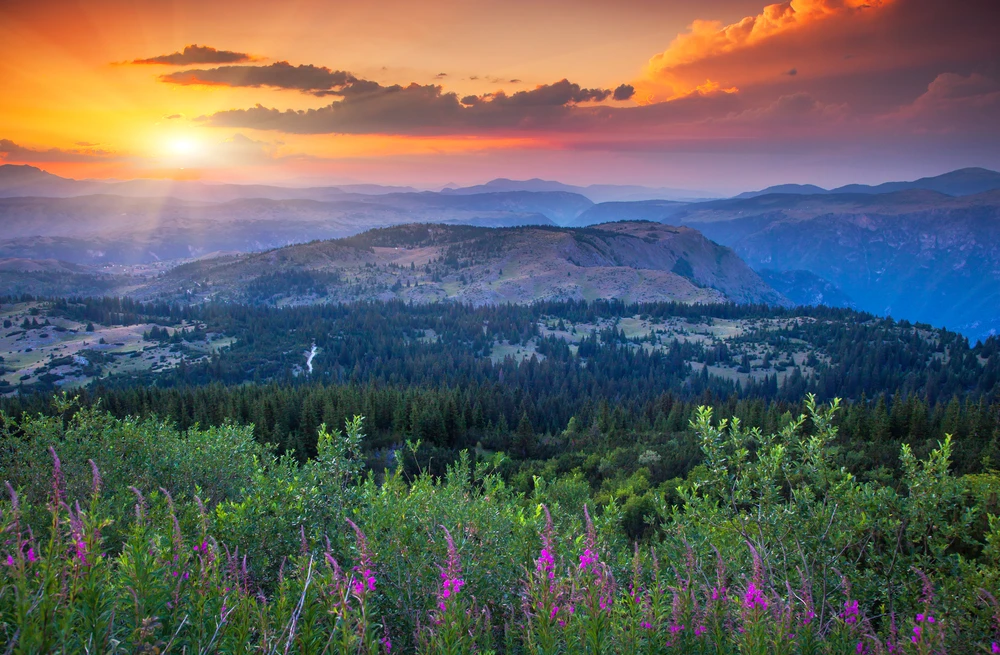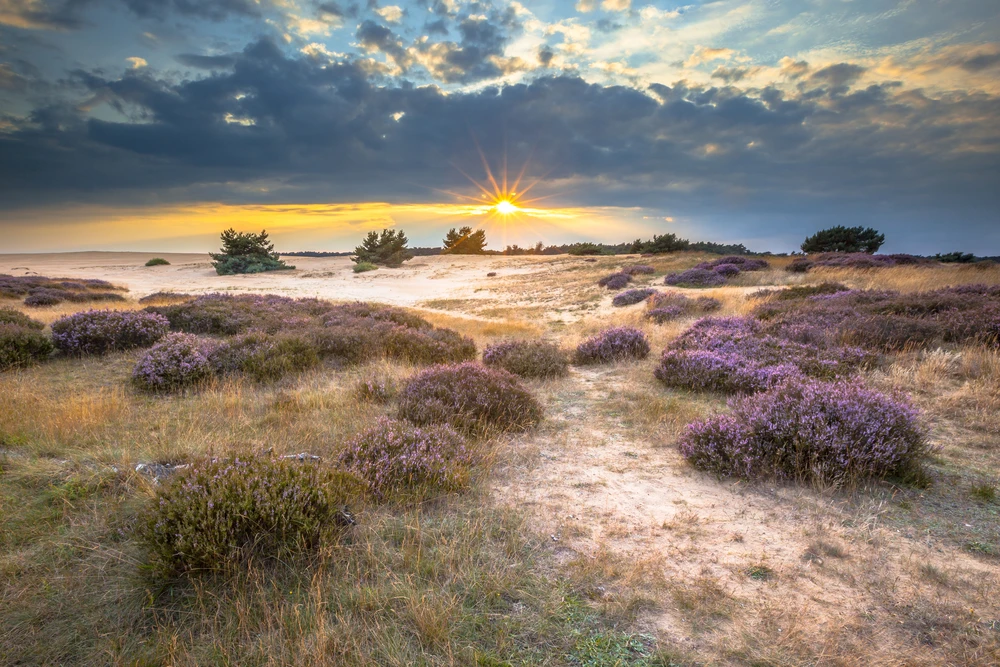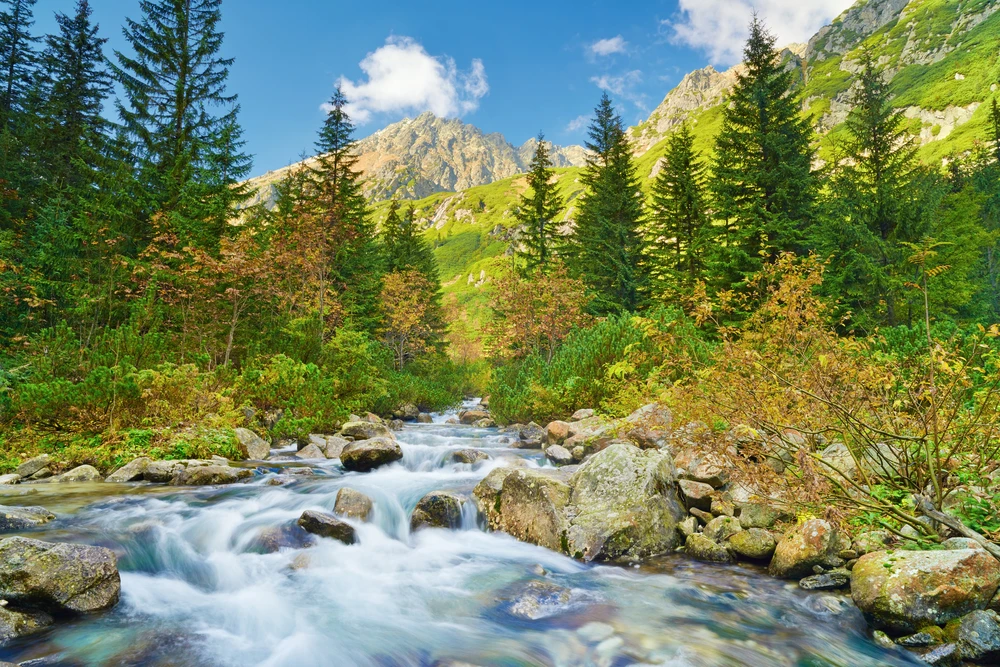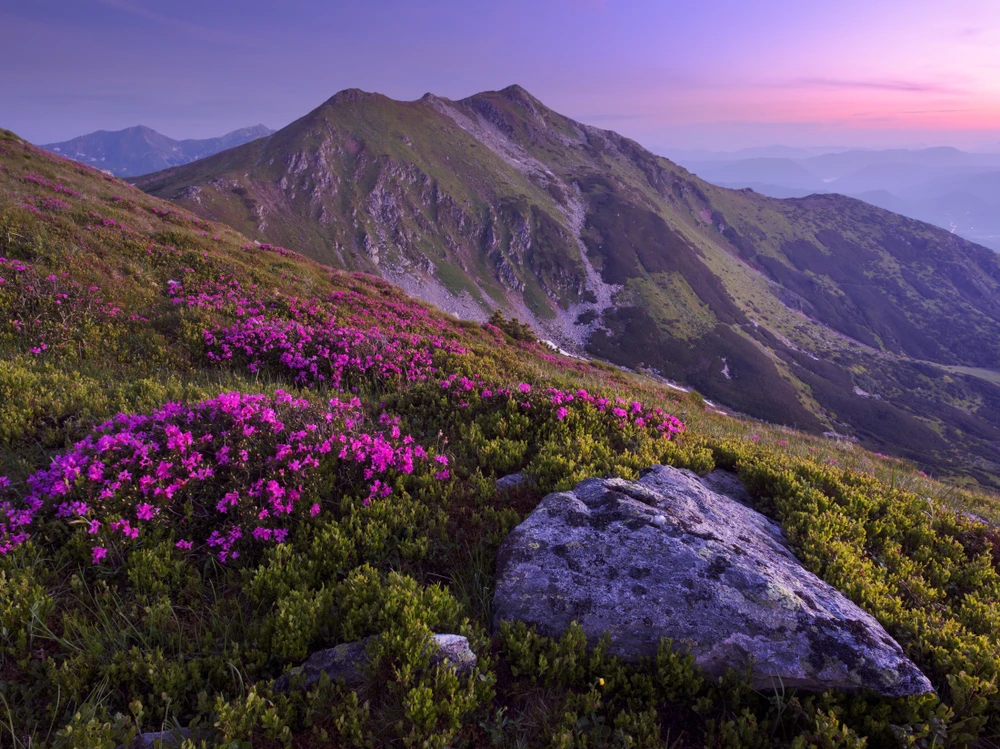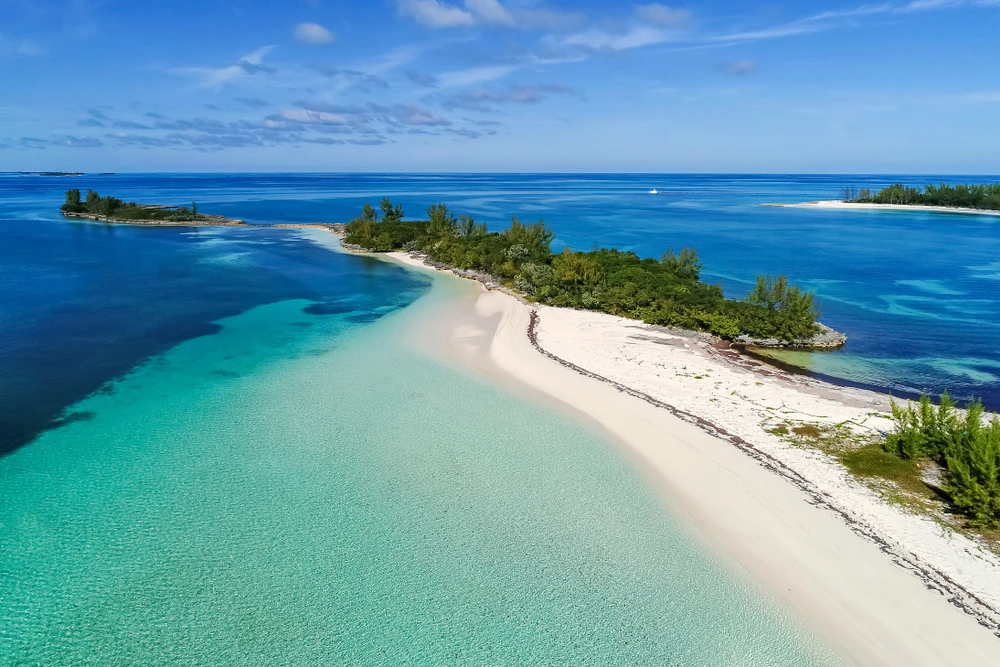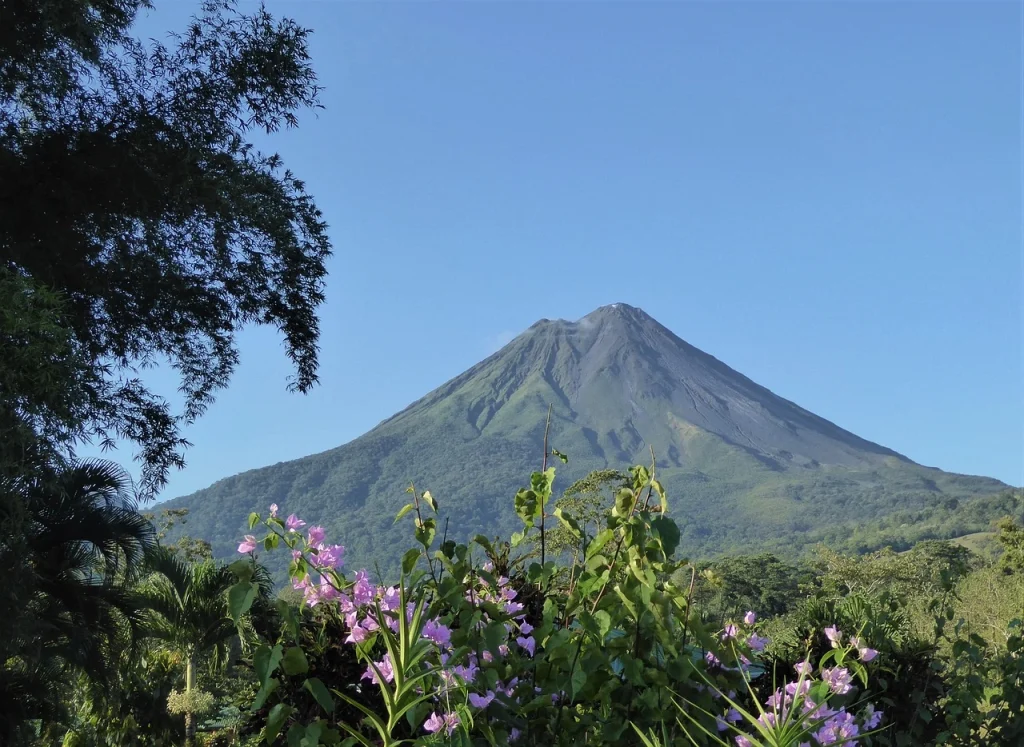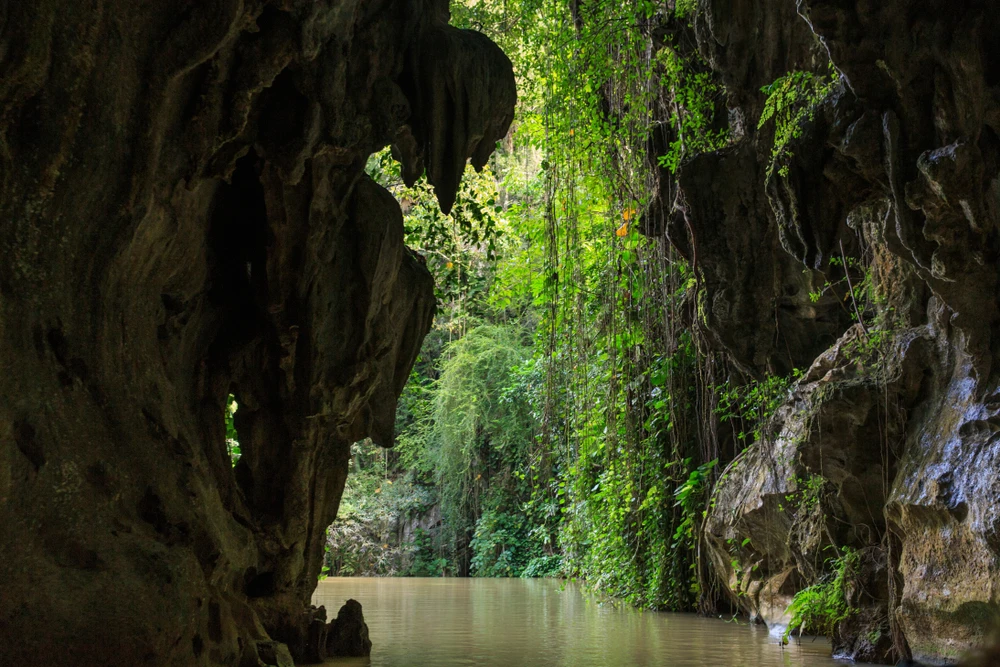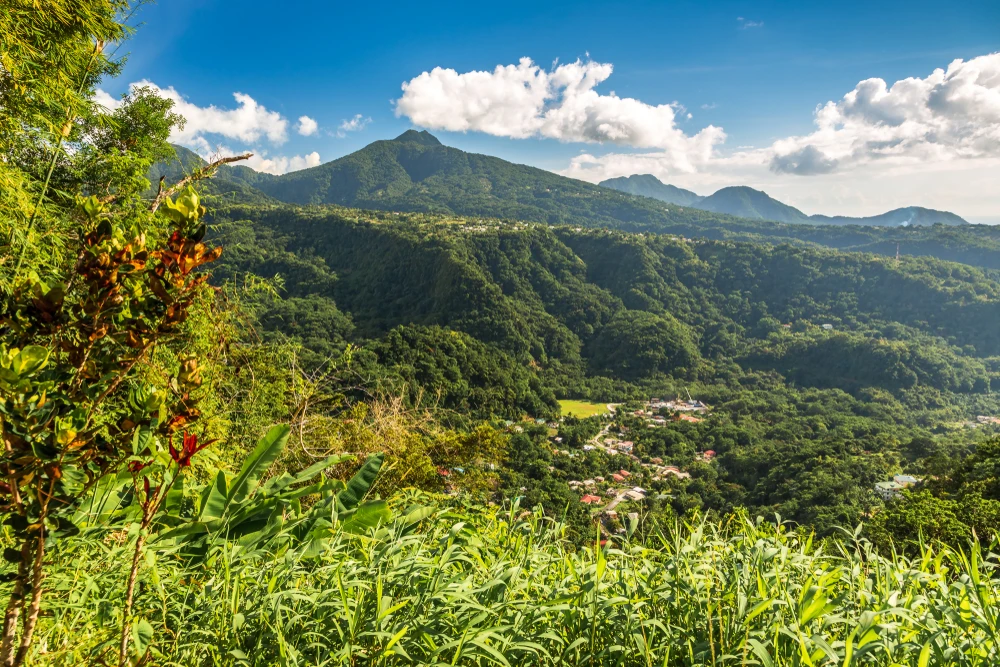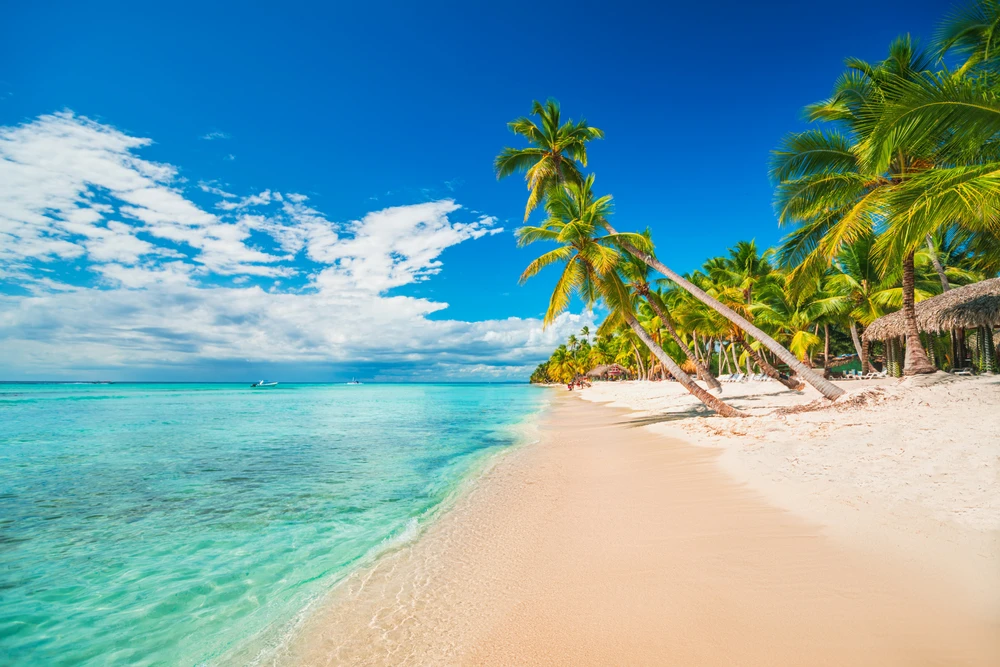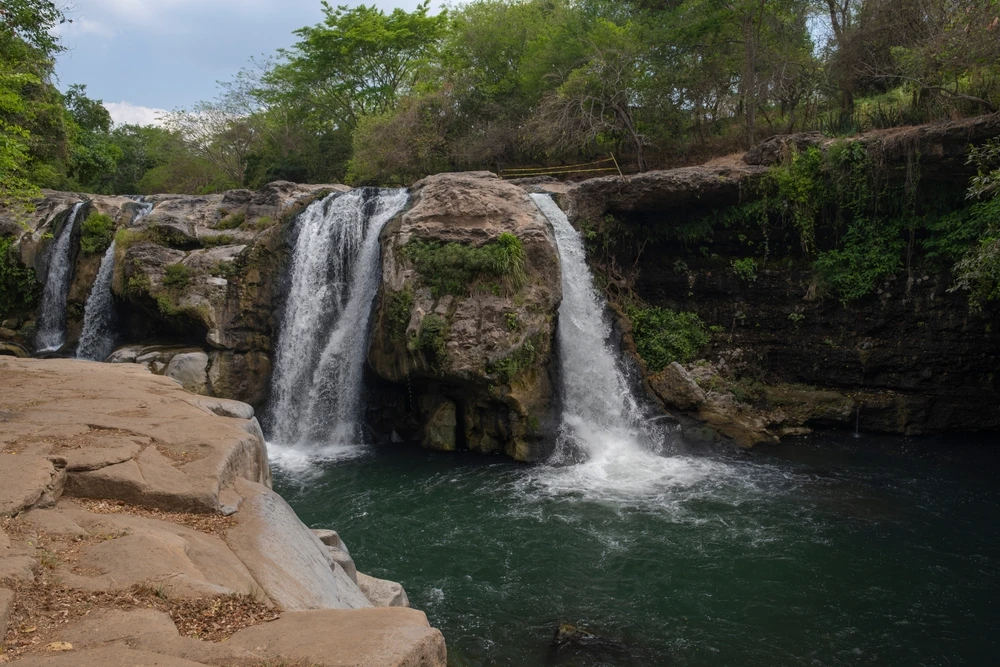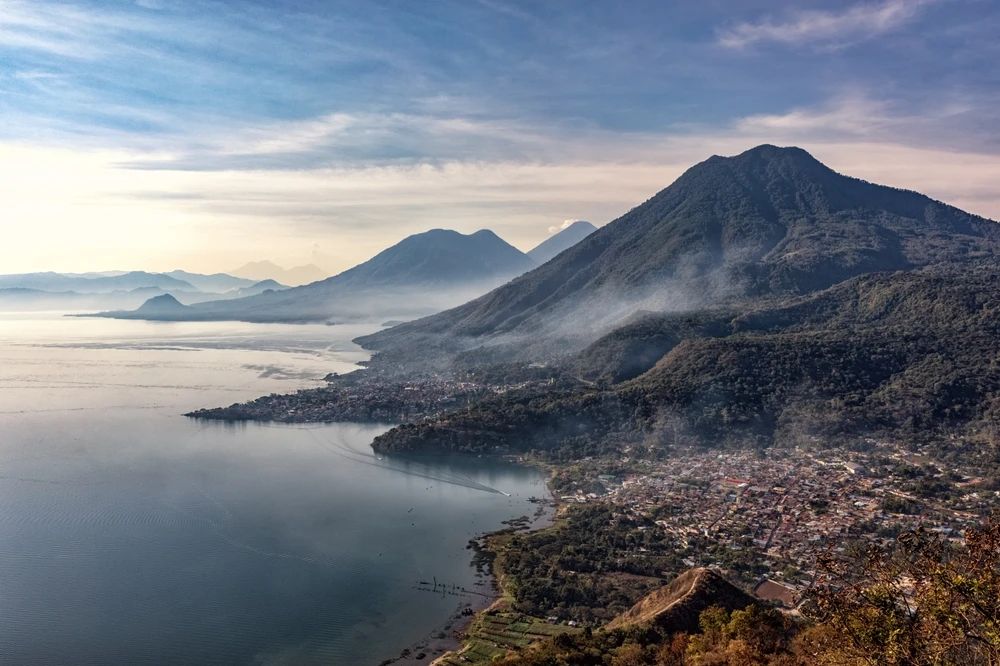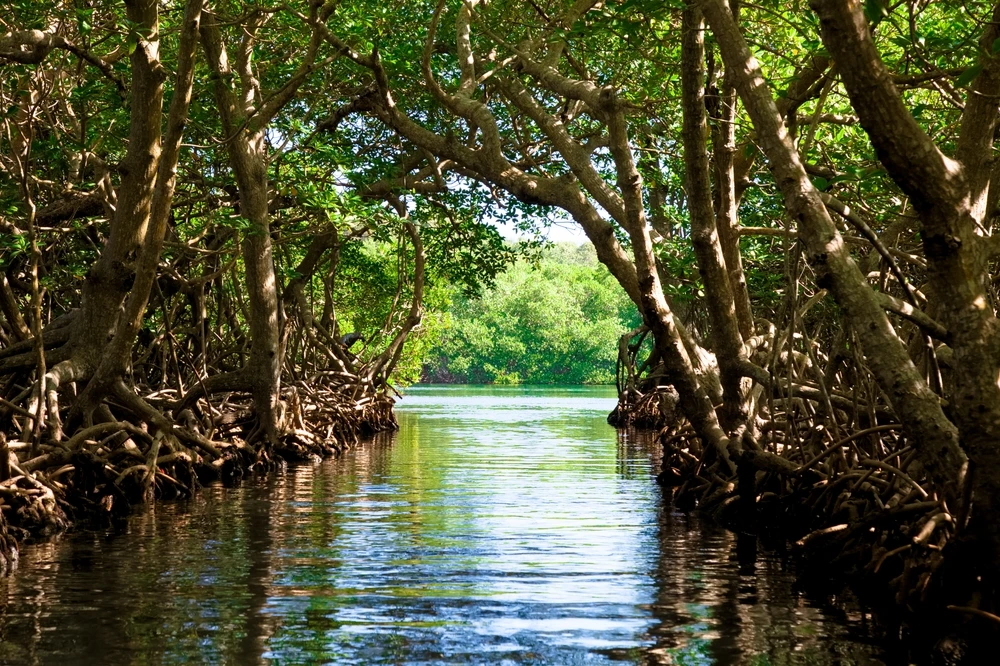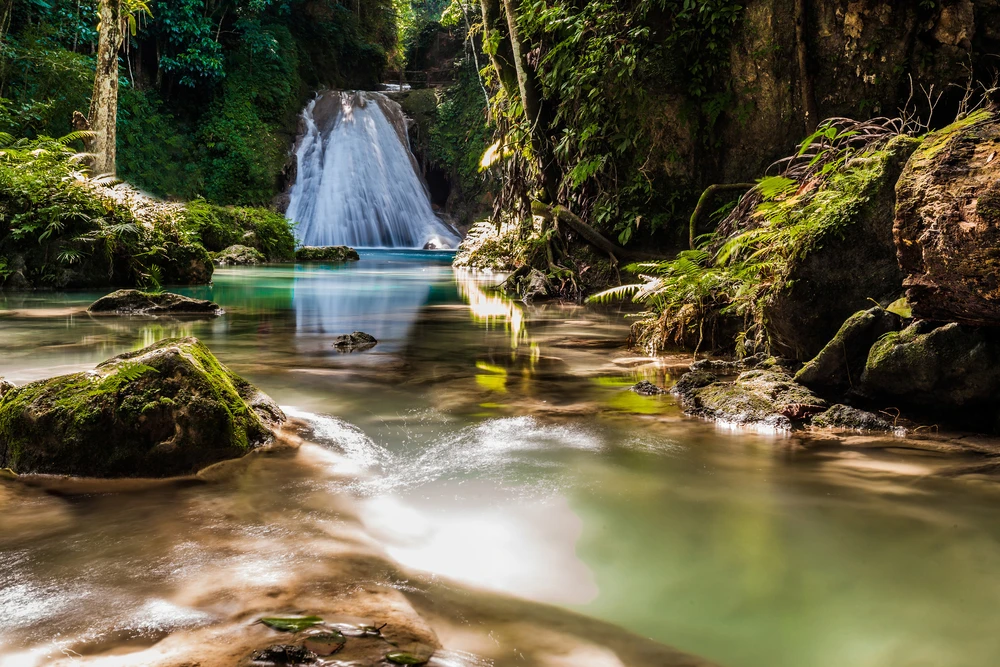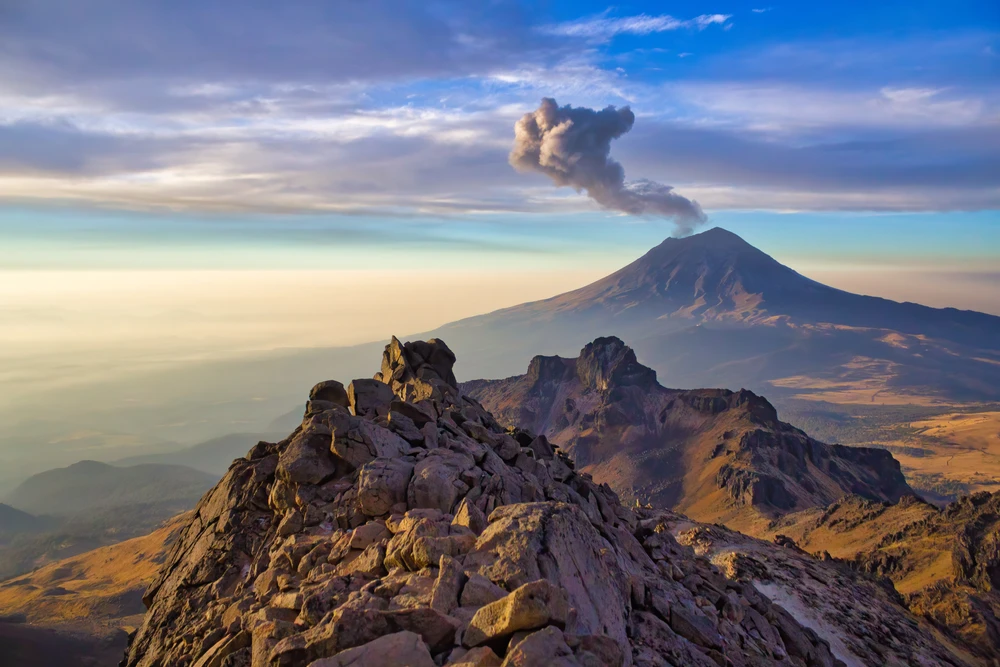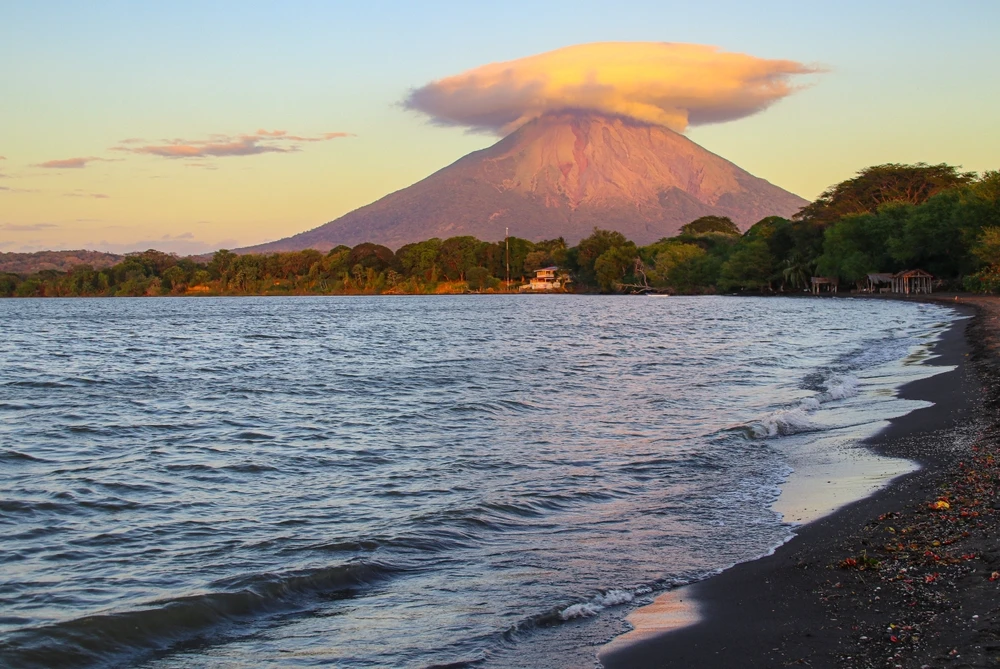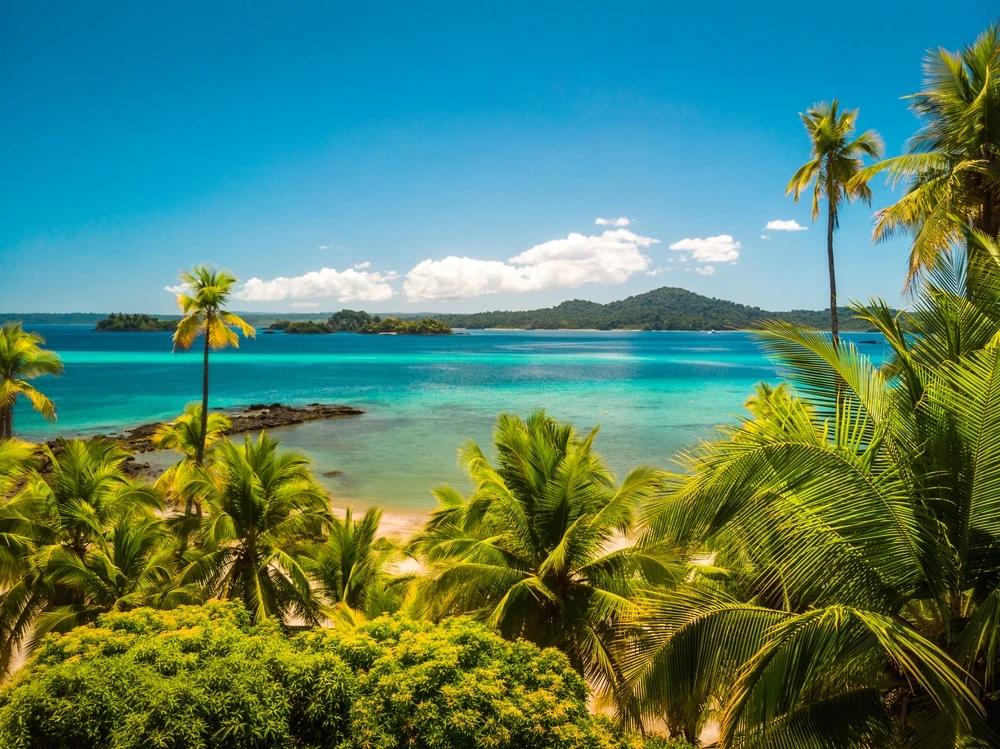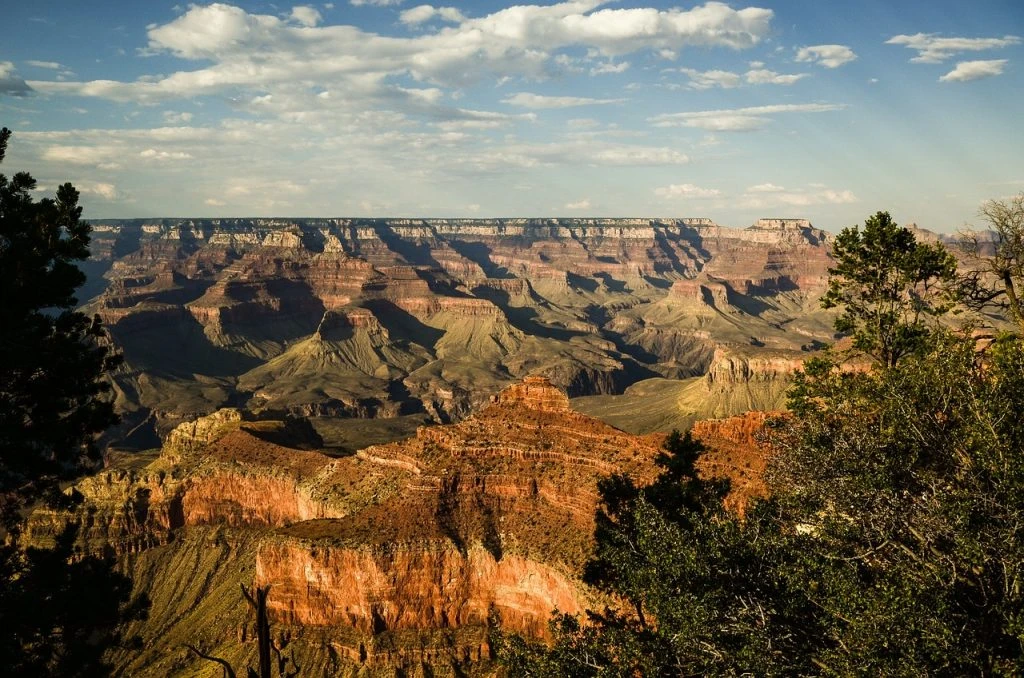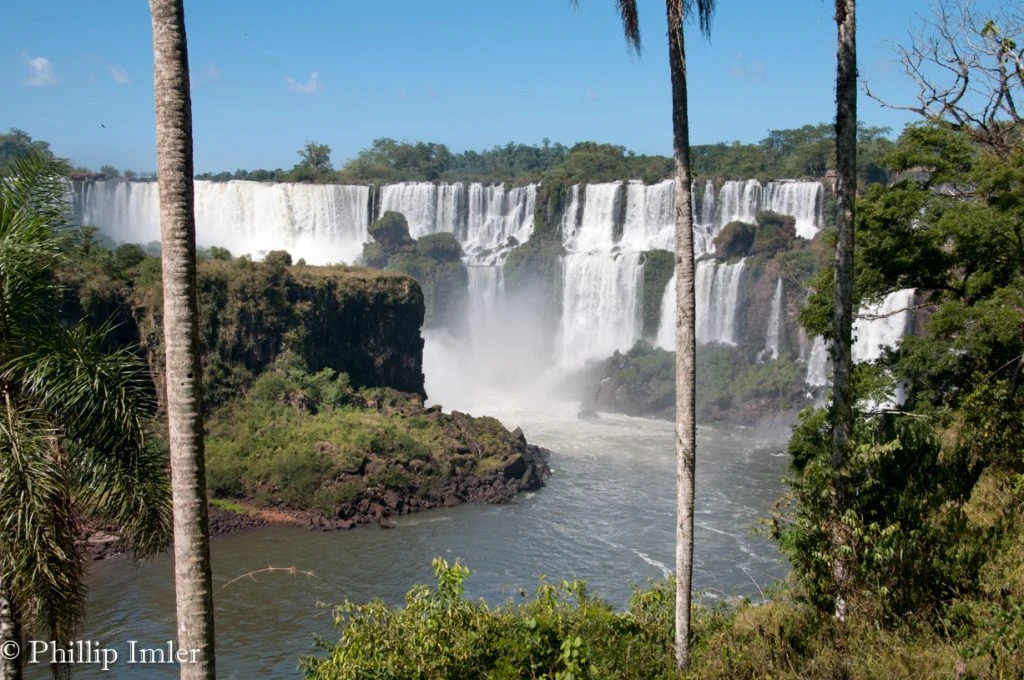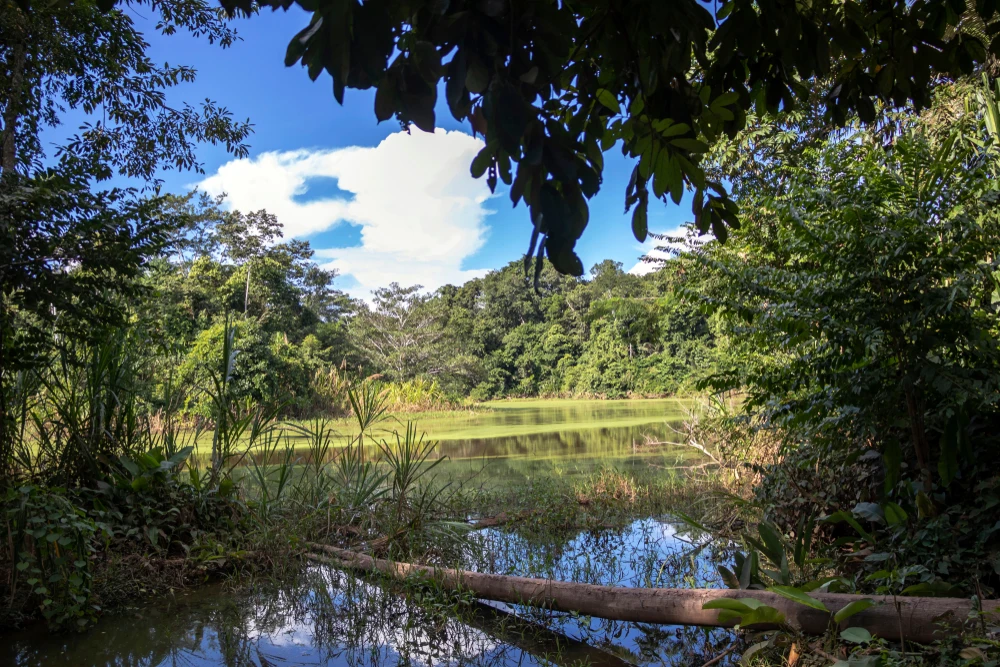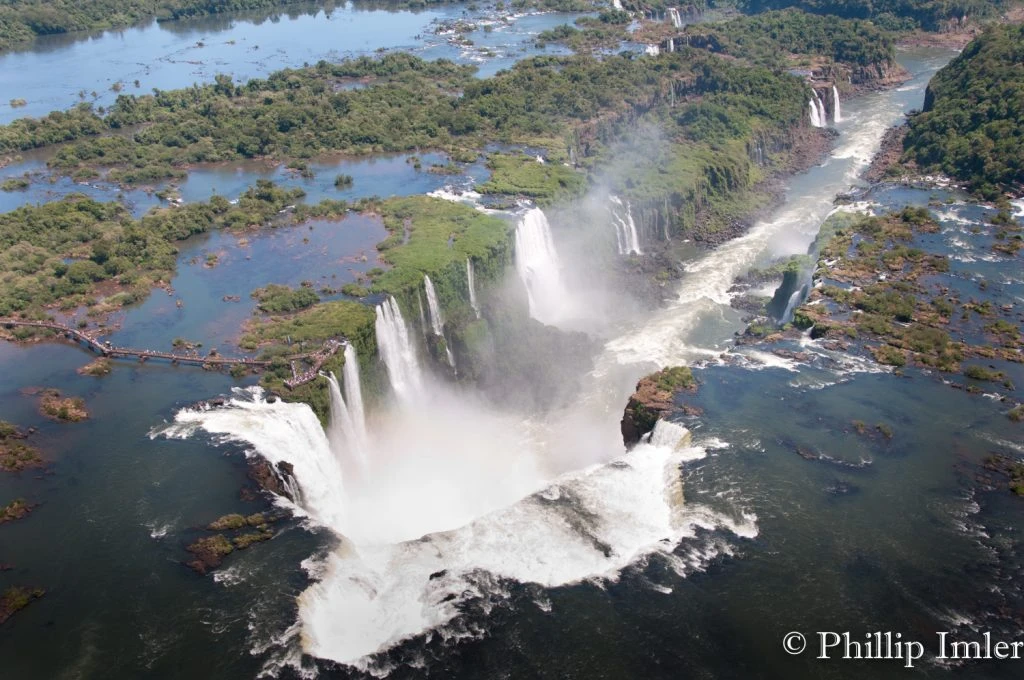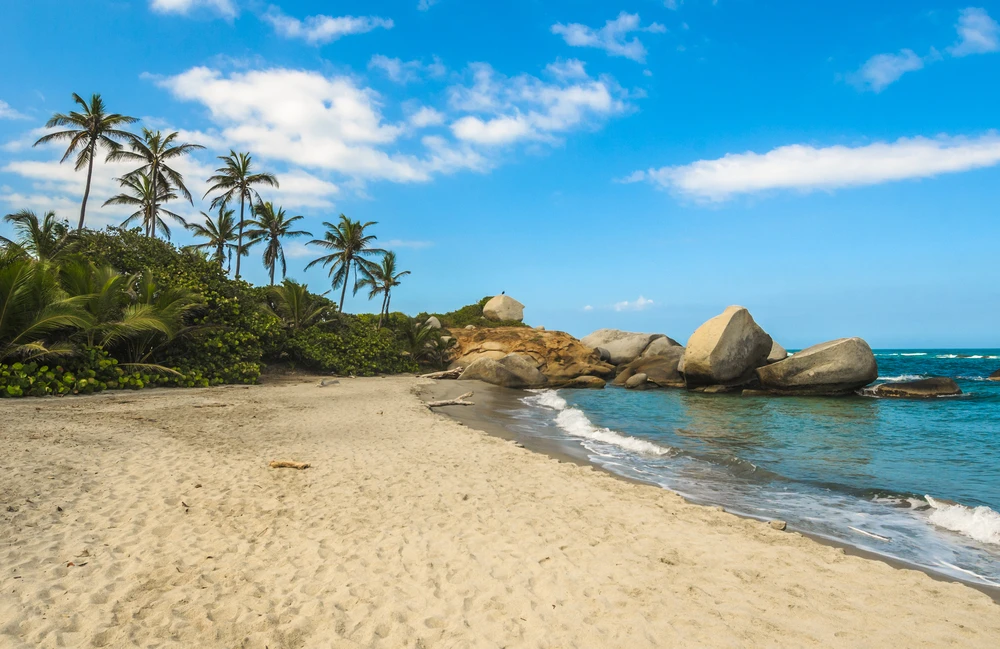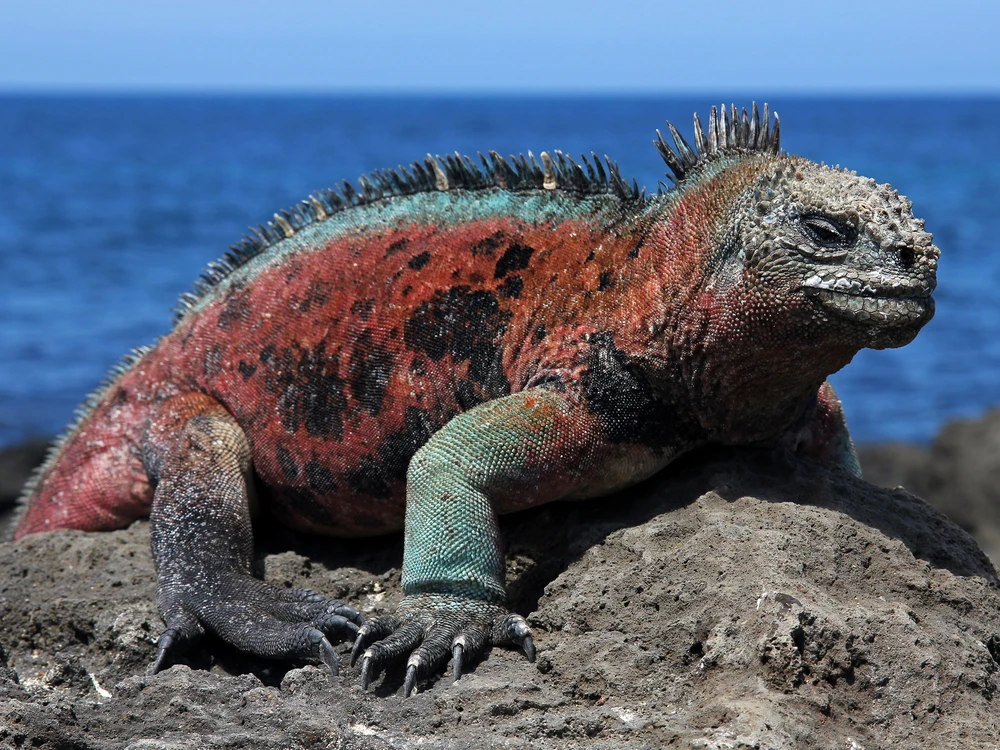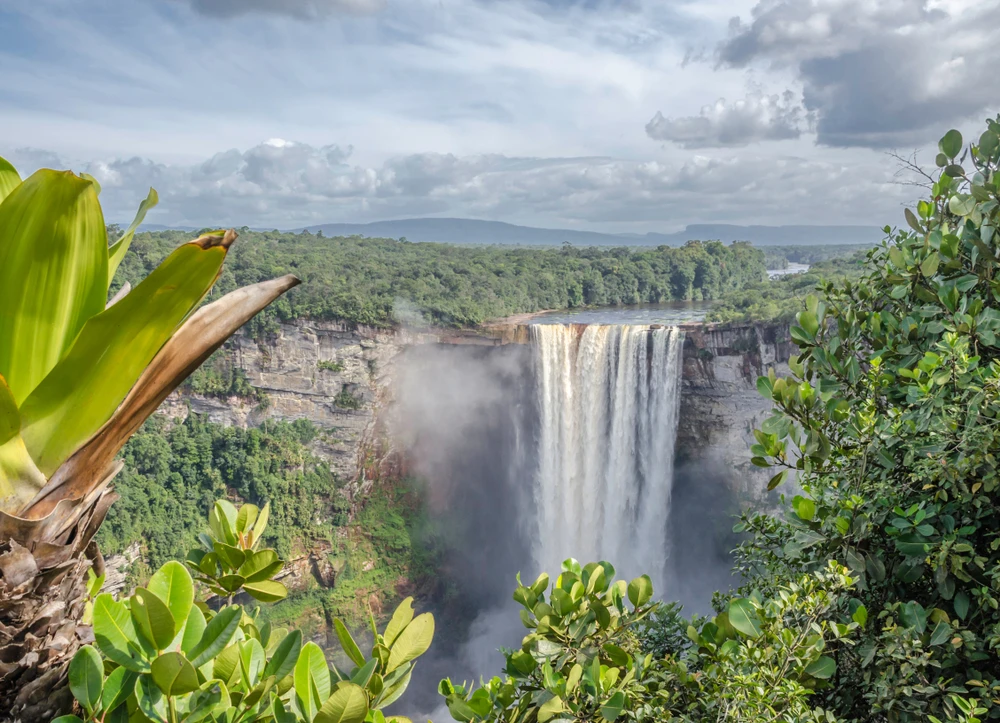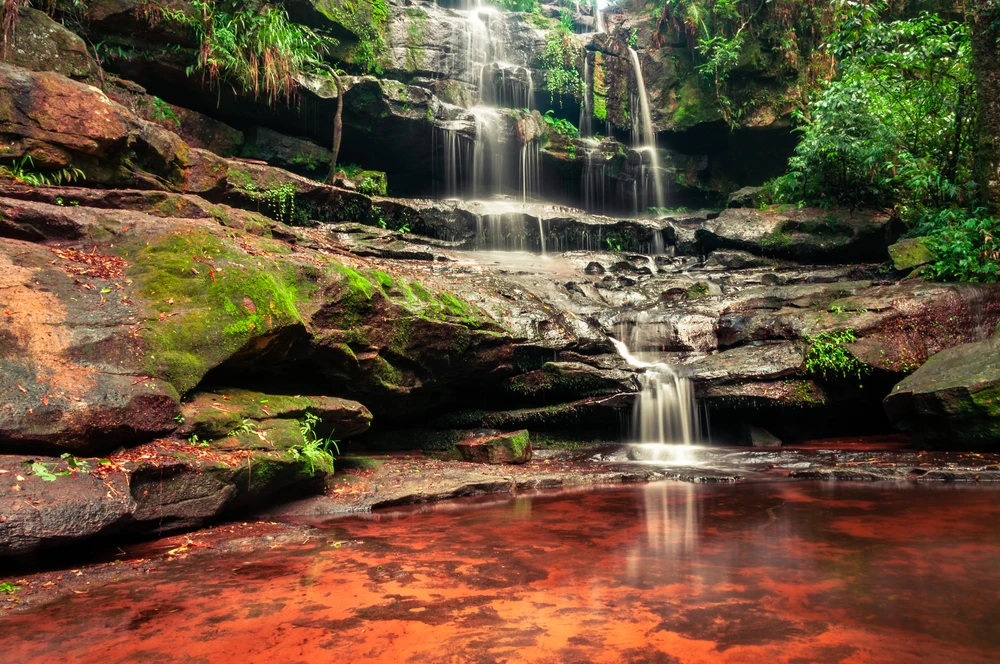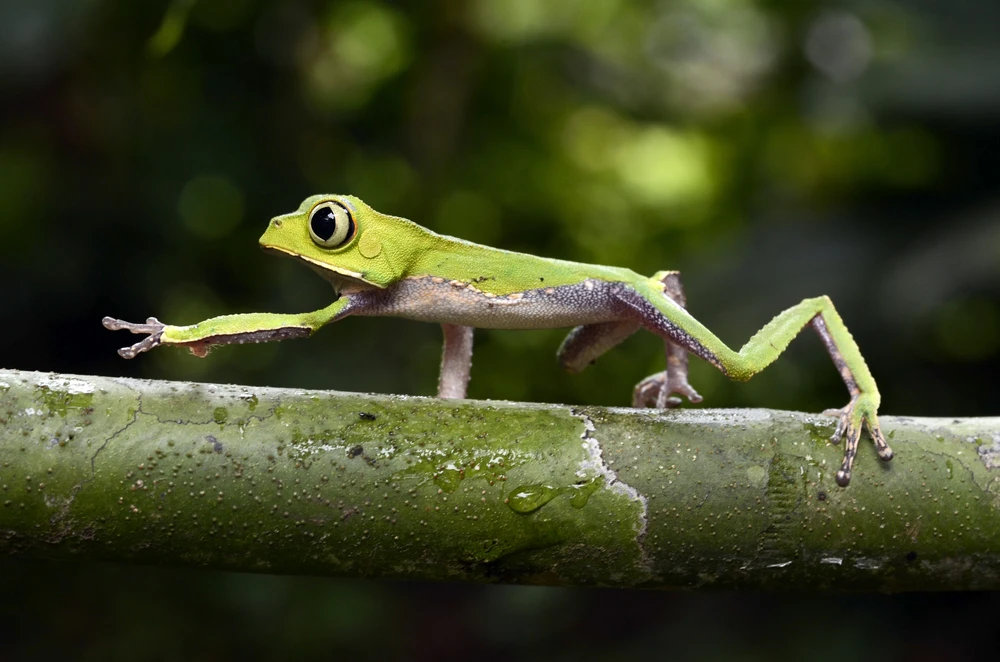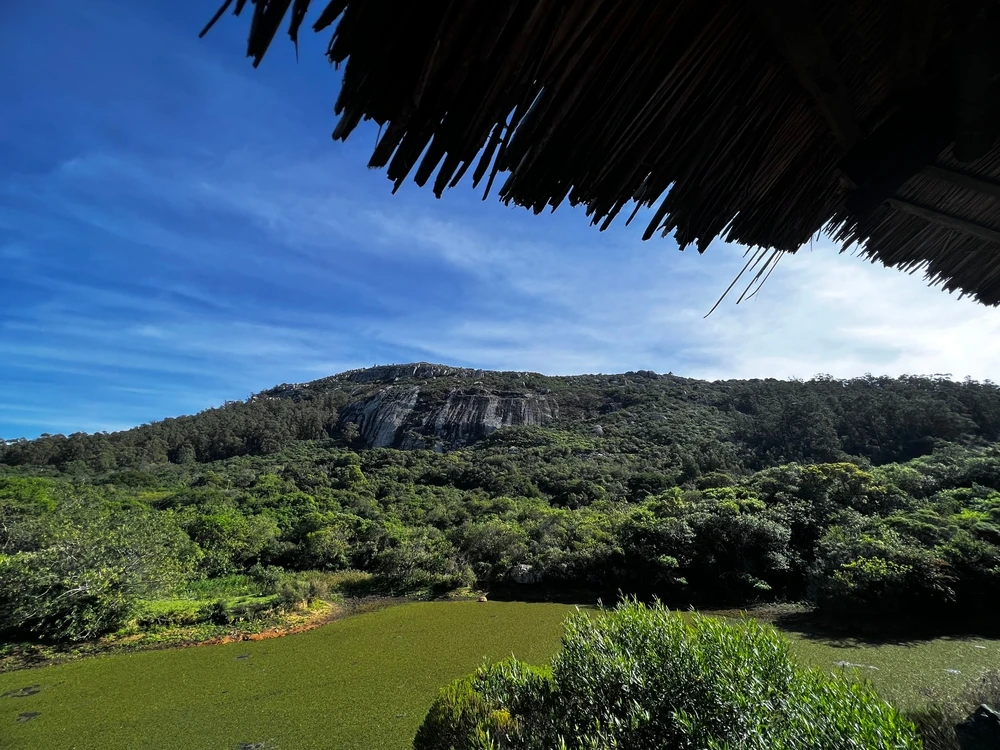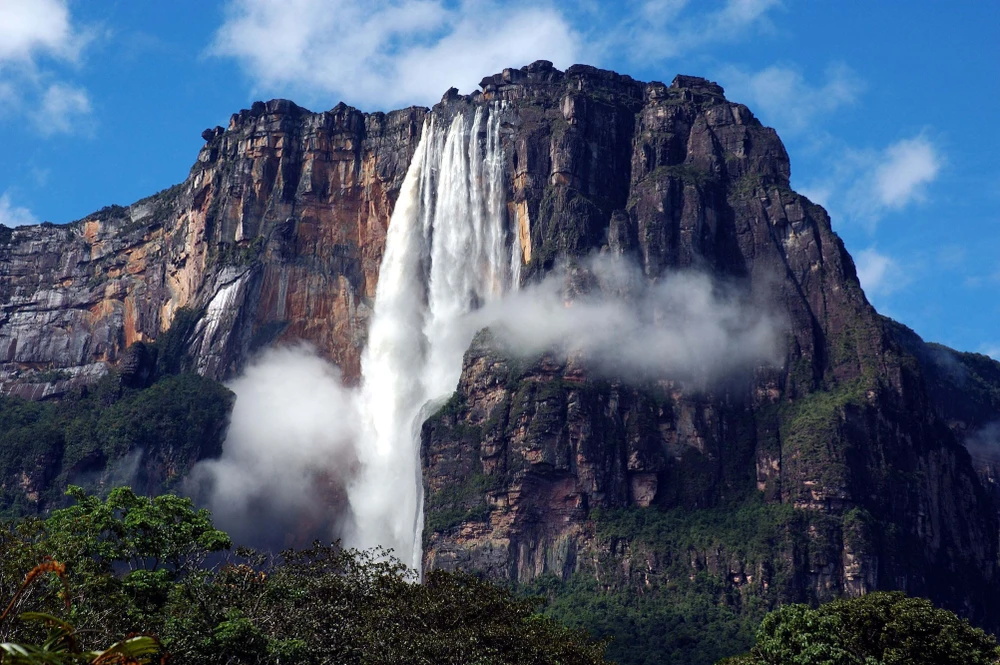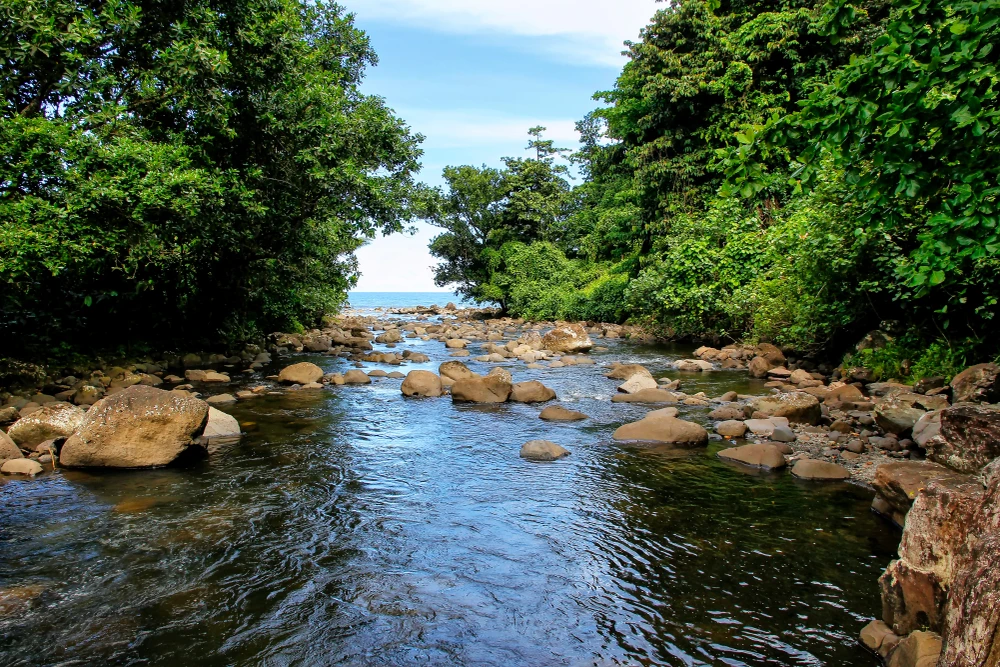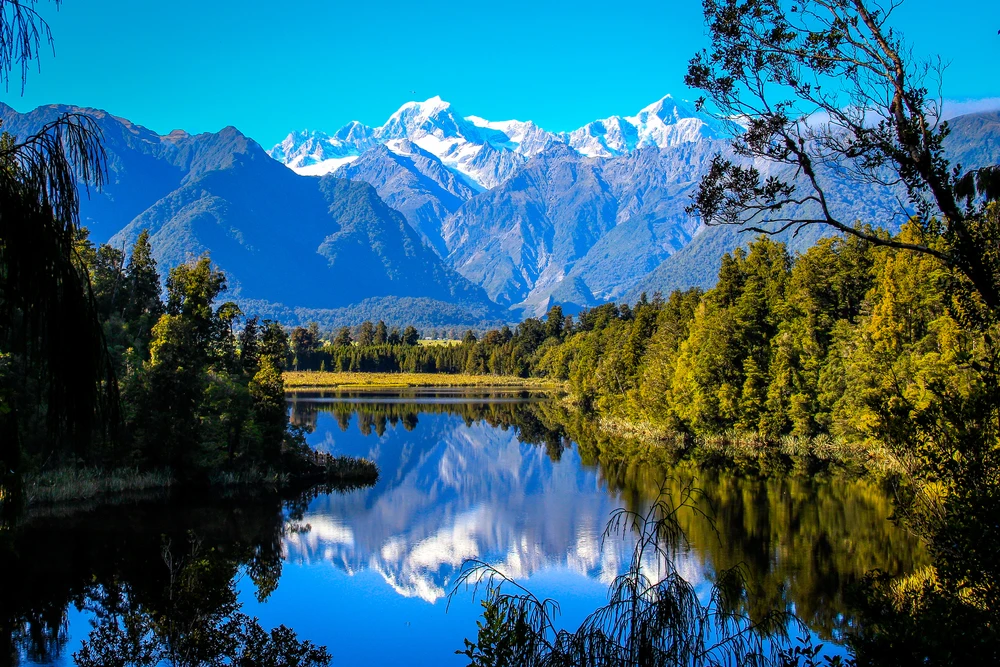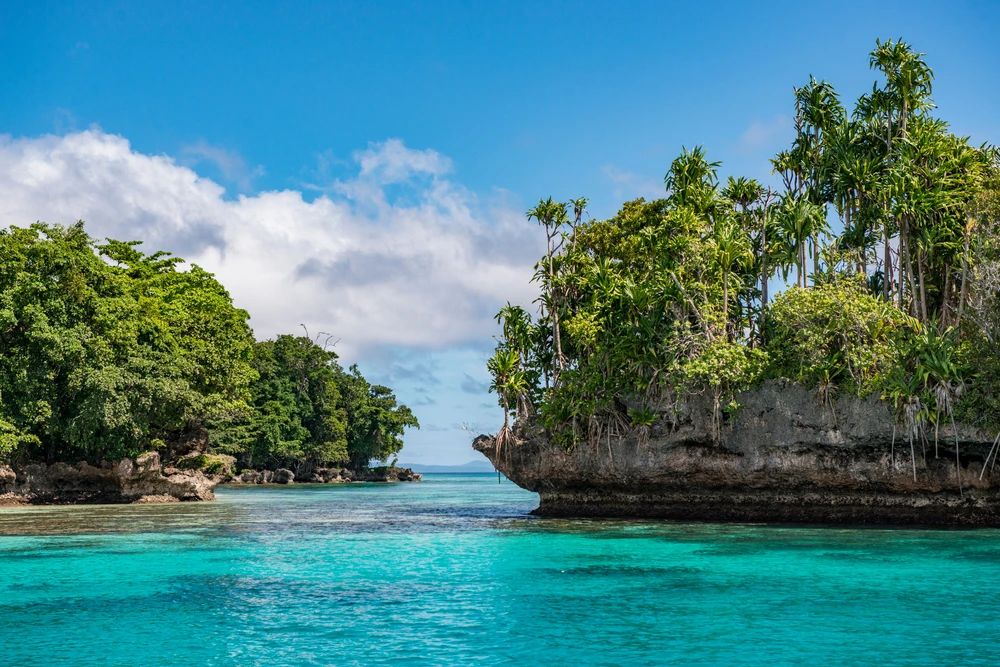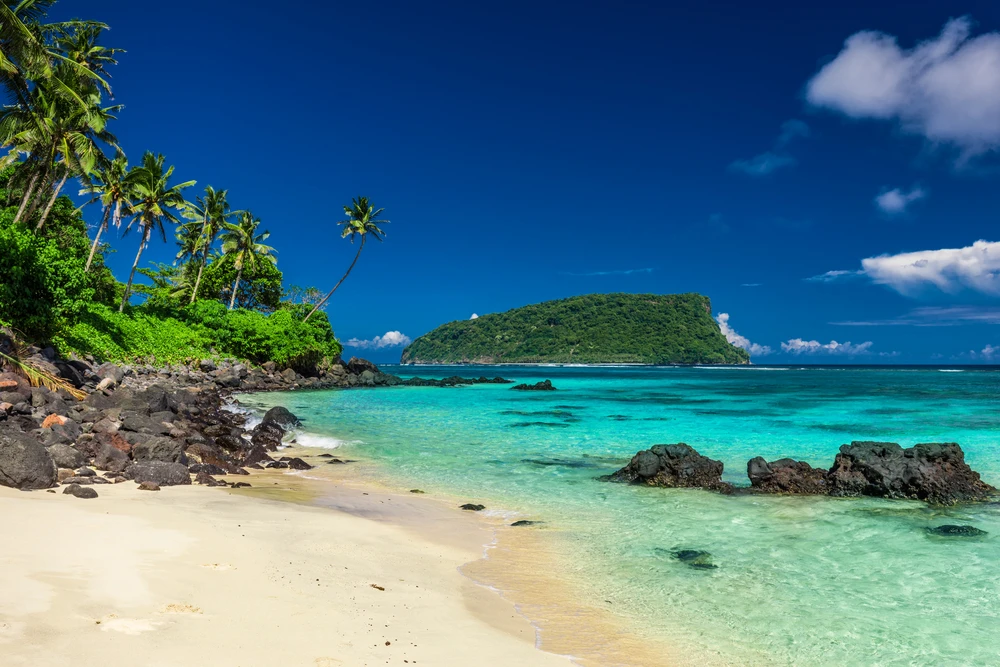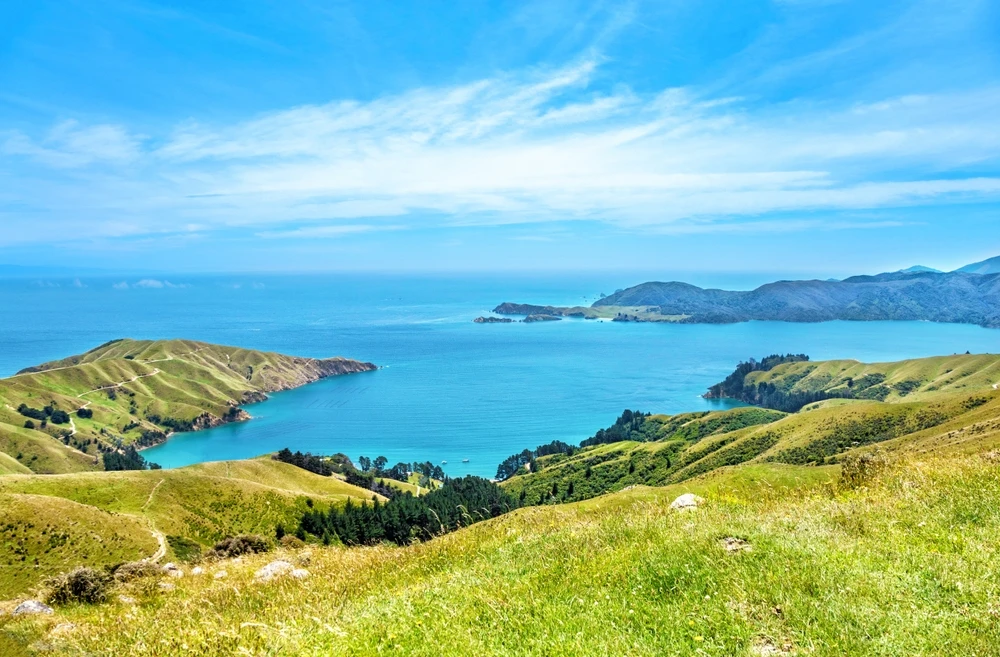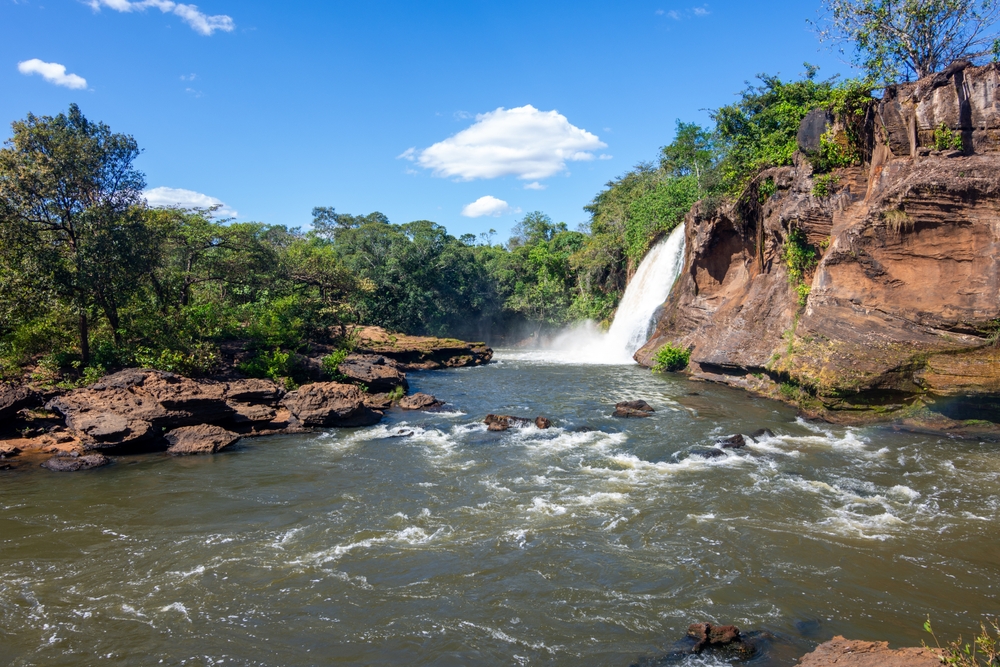Chapada das Mesas Overview
Chapada das Mesas National Park, or Parque Nacional da Chapada das Mesas in Portuguese, is a protected area in the northeastern region of Brazil, within the state of Maranhão. Covering approximately 609 square miles (1,600 square kilometers), this park is known for its stunning plateaus, waterfalls, caves, and diverse ecosystems.
Located near the border with the state of Tocantins, it features a mix of cerrado vegetation, which consists of twisted trees, vast grasslands, and rocky outcrops. The park’s name, “Chapada das Mesas,” translates to “Tabletop Plateau,” a reference to the region’s unique flat-topped mountains that rise dramatically from the landscape. Among its most notable formations are the towering Morro do Chapéu and the striking Portal da Chapada, a natural rock arch carved by time and erosion.
The park’s terrain is a mix of rugged cliffs, deep canyons, and vast plateaus interspersed with lush rivers and cascading waterfalls. Some of the most famous waterfalls include Cachoeira do Santuário, known for its emerald-green pool, and Cachoeira da Prata, where water rushes over rocky ledges into a pristine basin below.
The Azul River, with its crystal-clear blue waters, is another major attraction, offering an inviting setting for swimming and relaxation. The park is also home to underground caves and grottoes, many of which have been shaped by millions of years of geological activity. The combination of high cliffs, scenic waterfalls, and natural pools creates an enchanting environment that draws adventurers and nature lovers alike.
Chapada das Mesas National Park is a sanctuary for diverse wildlife, with many species adapted to the cerrado biome. Visitors may spot iconic mammals such as the maned wolf, ocelot, and giant anteater, all of which rely on the park’s grasslands and forests for survival. Armadillos and capybaras are also commonly seen, as they thrive in the region’s mix of open plains and wetland areas.
The birdlife is particularly rich, featuring vibrant species such as macaws, toucans, and the king vulture. Raptors, including hawks and eagles, soar above the plateaus, while hummingbirds and colorful tanagers flit through the forested areas. The park’s rivers and streams also support amphibians and reptiles, including caimans and turtles, adding to the region’s biodiversity.
One of the most popular features of the park is the Pedra Caída Complex, a privately managed area near the park’s boundary that offers well-maintained trails leading to breathtaking waterfalls. The Santuário Waterfall within this complex is among the most visited, as its dramatic canyon walls and serene turquoise waters create an almost mystical atmosphere. Another remarkable attraction is Poço Azul, a stunning blue waterhole where visitors can swim in crystal-clear waters.
The natural beauty of Chapada das Mesas makes it a haven for outdoor enthusiasts, with opportunities for hiking, rappelling, and boat trips along the rivers. Visitors often explore the park through guided tours, as the rugged terrain and remote location make navigation challenging without local expertise.
Despite its ecological importance, Chapada das Mesas faces conservation challenges, including deforestation, wildfires, and encroaching agricultural expansion. Illegal logging and cattle ranching have threatened parts of the cerrado biome, impacting wildlife habitats and water sources.
However, conservation efforts, including increased park protections and ecotourism initiatives, have helped raise awareness about the importance of preserving the region. Sustainable tourism plays a crucial role in its protection, as local communities benefit from eco-friendly lodging, guided excursions, and conservation-focused projects.
The Brazilian government and environmental organizations continue to work together to enforce conservation laws and promote responsible tourism to ensure the long-term preservation of this remarkable landscape.
Park Map
Chapada das Mesas National Park Highlights
Share your clicks with us
Related National Parks More Brazil
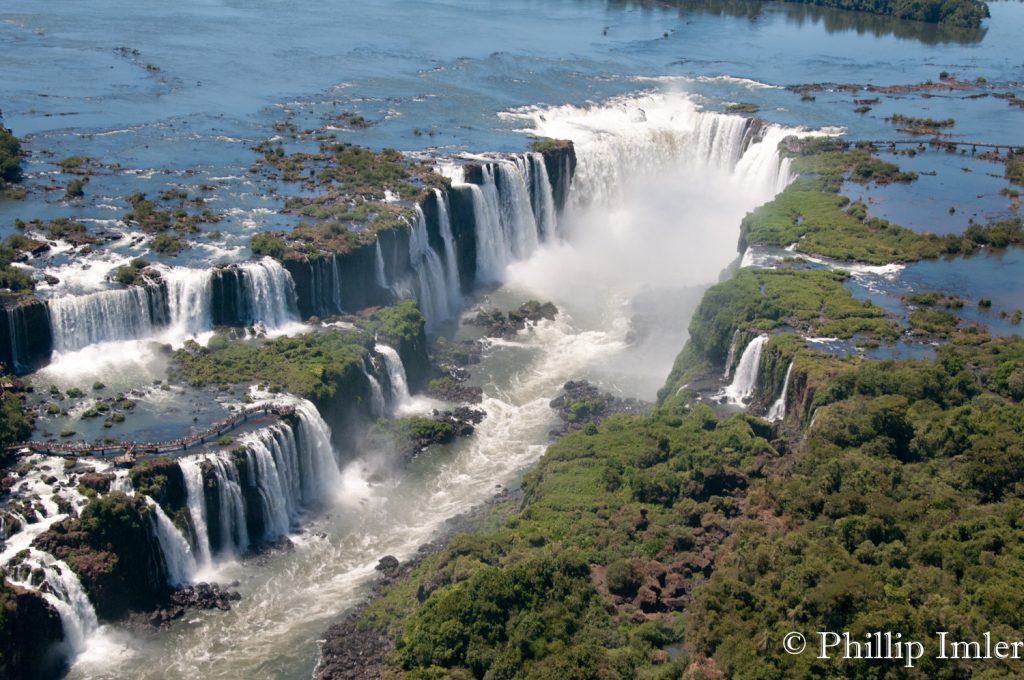
Iguaçu National Park
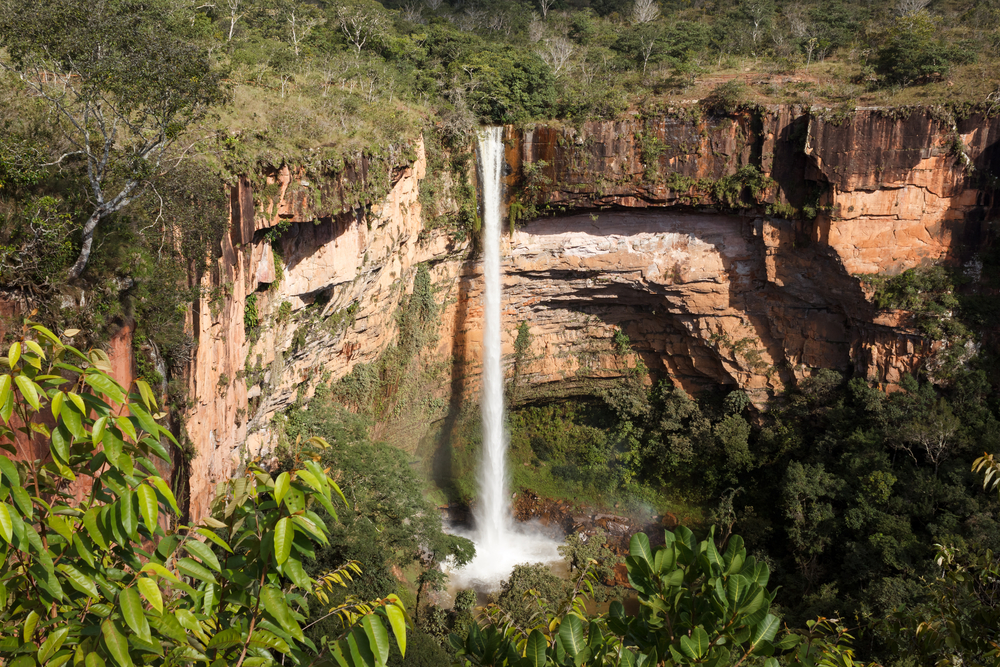
Chapada dos Guimarães National Park
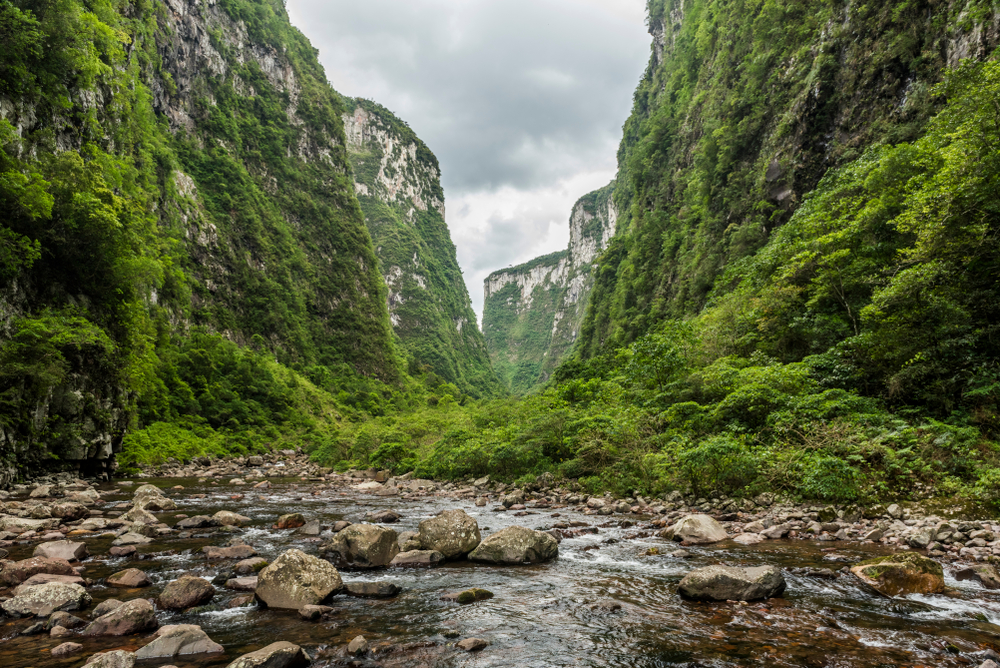
Aparados da Serra National Park

Araguaia National Park
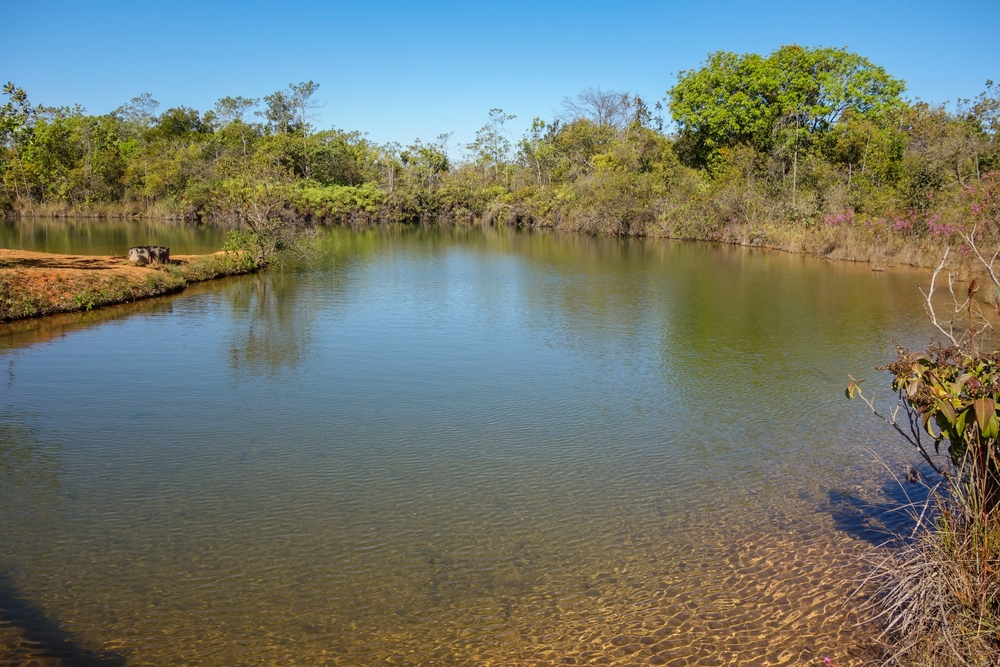
Brasilia National Park

Caparaó National Park

Cavernas do Peruaçu National Park

Pantanal Matogrossense National Park
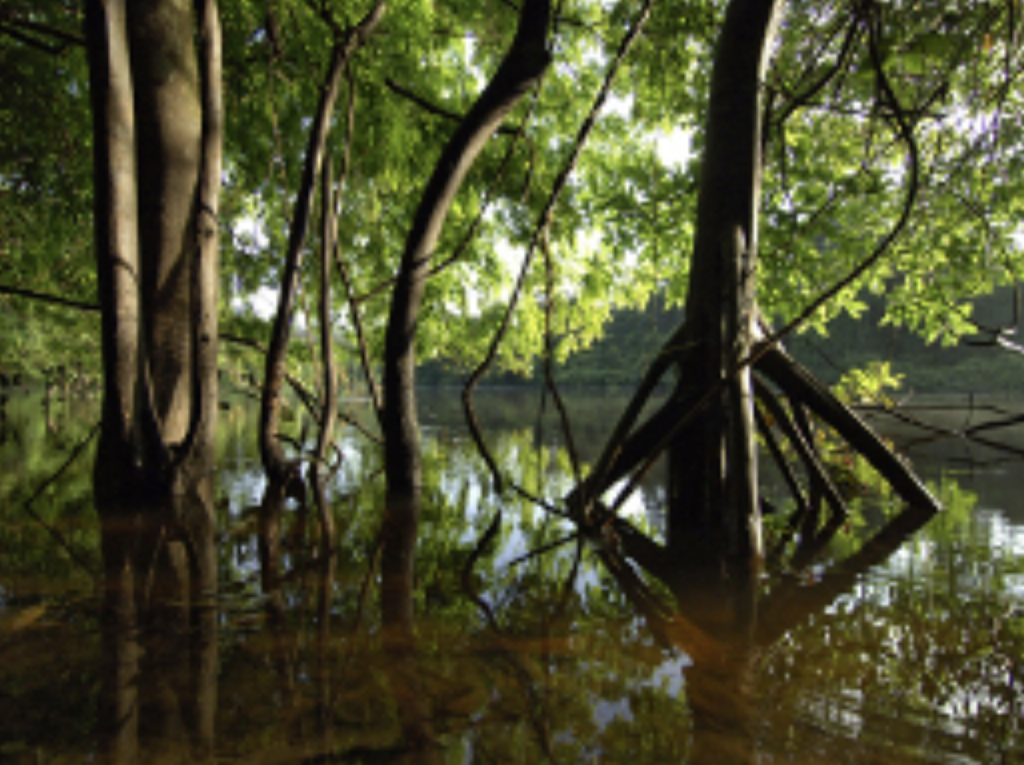
Montanhas do Tumucumaque National Park
